Samsung QN85D is the entry-level model in the Neo QLED series for 2024, but it certainly doesn’t come across as a "budget" option. It’s a television that combines modern technology with convenient smart features. During tests, the Tizen system operated smoothly, and integration with the SmartThings ecosystem made it easy to connect other devices in the home. If we use Apple devices, AirPlay works flawlessly, which is convenient, especially for viewing photos or videos from our phone. As for its performance during daily use, it simply works very well. The television handles viewing even in bright rooms – its brightness is sufficient that there’s no need to cover the windows. Additionally, the stable central stand not only looks good but also adds confidence that the device is standing securely and will definitely fit on smaller furniture. There is a lack of recording function, but the solar remote control, which operates decoders (e.g. Canal+) and the PiP function are practical additions that anyone who enjoys spending time watching regular television will appreciate. As for the picture – because that’s the most important thing in a TV – the QN85D makes a great impression. The VA panel provides very good blacks – especially if we watch the television head-on. Thanks to miniLED backlighting, the television better controls the light, resulting in much more detail visible in dark scenes. When it comes to motion fluidity, the television performs excellently thanks to the 120 Hz refresh rate – both games and matches are enjoyable to watch. If we’re gaming, low input lag combined with an excellent motion smoother and game bar will be a significant advantage – gameplay will be a pleasure. Samsung QN85D is a versatile television that will perform well for both everyday television watching and more demanding sessions or gaming on a console. Although it lacks some features, such as recording, its picture quality, motion fluidity, and smart capabilities definitely make up for these shortcomings. If we’re looking for a modern yet affordable Mini LED model, QN85D will be a very good choice.
- Matching (Score)
- Our verdict
- TV appearance
- Where to buy
- Contrast and black detail
- HDR effect quality
- Factory color reproduction
- Color reproduction after calibration
- Smoothness of tonal transitions
- Image scaling and smoothness of tonal transitions
- Blur and motion smoothness
- Console compatibility and gaming features
- Input lag
- Compatibility with PC
- Viewing angles
- TV efficiency during daytime
- Details about the matrix
- TV features
- Apps
- Playing files from USB
- Sound
Samsung Neo QLED QN85D / QNX1D vs SONY BRAVIA 3
Direct compare
Neo QLED / QN85D / QNX1D
BRAVIA 3 / K-(XX)S3

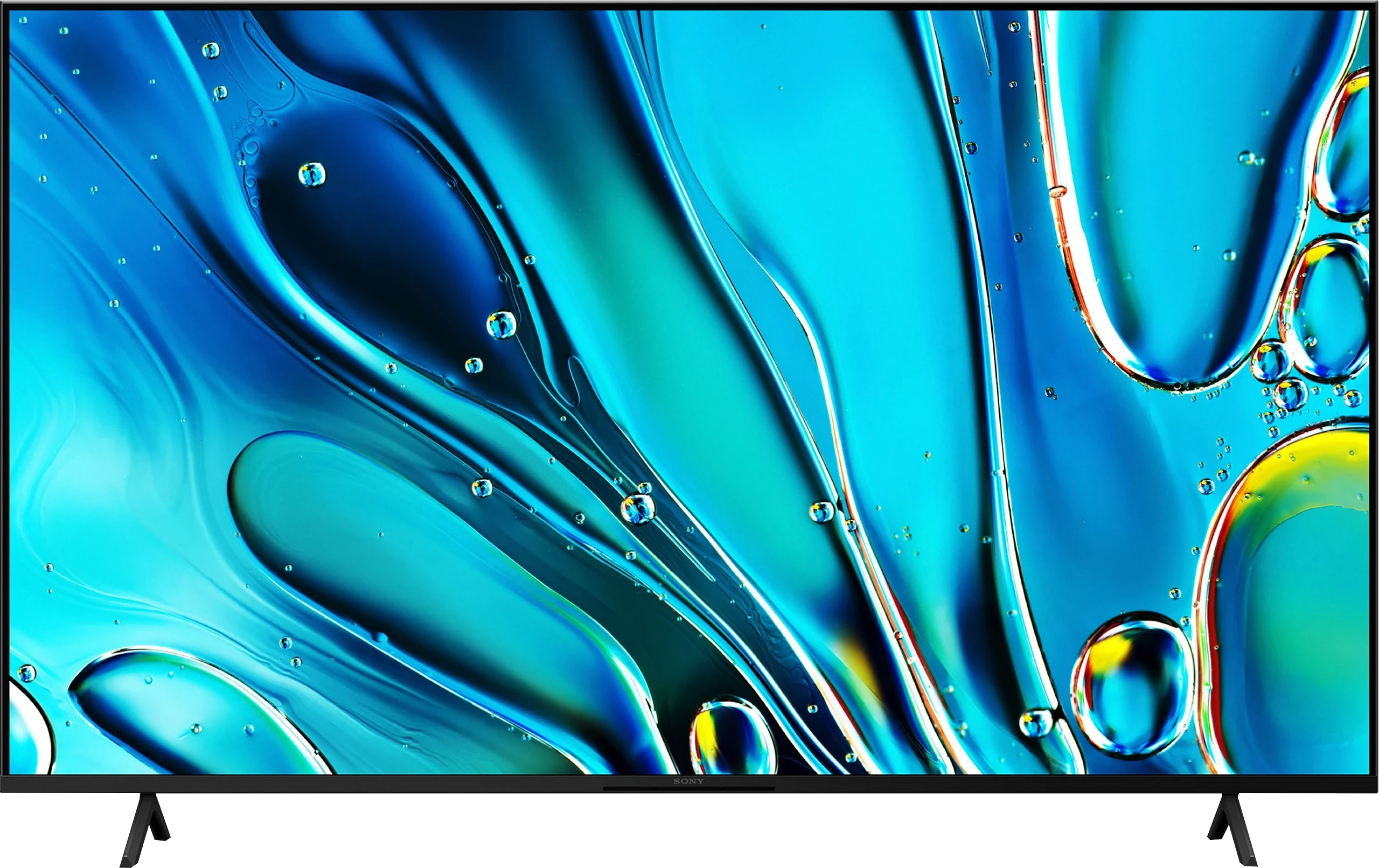
Panel type: LCD VA
Resolution: 3840x2160
System: Tizen
Model year: 2024
Complete the survey to find out the result

Panel type: LCD IPS
Resolution: 3840x2160
System: Google TV
Model year: 2025
Complete the survey to find out the result

Overall rating
7.4
6.0
Movies and series in UHD quality
6.7
5.4
Classic TV, YouTube
6.8
5.3
Sports broadcasts (TV and apps)
6.7
5.7
Gaming on console
8.9
6.4
TV as a computer monitor
7.6
6.0
Watching in bright light
7.3
4.9
Utility functions
7.4
6.6
Apps
8.7
9.6
Sound quality
7.0
6.5
Complete the survey to find out what fits your preferences
Advantages
Nice contrast - Miniled backlighting
Very good for gamers - 120Hz, 4xHDMI 2.1, low input lag
Tizen operating system with SmartThings and AirPlay support – wide integration and flexibility
Very high brightness 825 cd/m² – good performance in bright rooms
Pleasant sound with noticeable bass
Google TV system – a massive library of apps and services
IPS panel with good viewing angles
Improved colours – (91% of the DCI-P3 colour gamut)
Dolby Vision support
Good upscaling – lower quality materials look surprisingly good
Great input lag and ALLM mode
Very good PC compatibility – supports chroma 4:4:4, excellent font readability
Two remotes included – a modern minimalist one and a classic one with a numeric keypad
Very good built-in media player – supports a wide range of files, even less common ones like HEIC
Slim bezels and modern design – a definite step up from the X75WL
Dolby Atmos and DTS:X support
Disadvantages
No recording feature
Limited support for multimedia formats, no DTS audio format
Tragic black - IPS panel without local dimming
Limited brightness (approx. 350 nits), HDR mode image is not very appealing
Issues with backlight uniformity
Google TV system can be sluggish
No recording function from built-in tuners to USB memory
Our verdict
Sony Bravia 3 is a television that brings several important improvements over its predecessor while still staying true to its core. The biggest change is the design – slim bezels and sturdy metal legs make it look modern and fit much better in a living room than the X75WL. The improved colours thanks to the PFS filter and really good upscaling are also a plus. It is particularly with lower-quality content, especially in classic SDR, that the Bravia 3 can show its best side – colours look pleasant, the picture is clear, and thanks to the IPS panel, viewing angles are at a very good level. For a ‘classic’ TV, where comfort from various viewing positions in the room and decent quality of everyday content matter, it is perfectly suitable. A huge advantage remains the Google TV system. During our tests, there were times when the interface did not work as smoothly as we would have liked, and some features could freeze. However, despite these imperfections, the presence of Google TV is a huge plus – access to thousands of apps and a full streaming library compensates for minor shortcomings. Unfortunately, what was weak in the X75WL remains weak here as well. The IPS panel has very low contrast and does not offer local dimming, which means that watching movies in a dark room quickly loses its appeal – black resembles more of a grey, which effectively detracts from the enjoyment of viewing. Additionally, the option to record content to USB, which was available in the predecessor, has been removed. It is hard not to notice this and not to add it to the list of downsides.
So, who is the Bravia 3 for? Primarily for those who want to enter the world of Sony televisions at the most affordable price while valuing the Google TV system. However, it is not the most attractive option in its class – competition in this budget can offer models with Mini-LED backlighting, which outperform it significantly in terms of contrast and HDR. Therefore, the Bravia 3 is worth considering, but mainly when there is a solid discount. At regular price, it will be very difficult for it to stand out against its more cost-effective rivals.
TV appearance





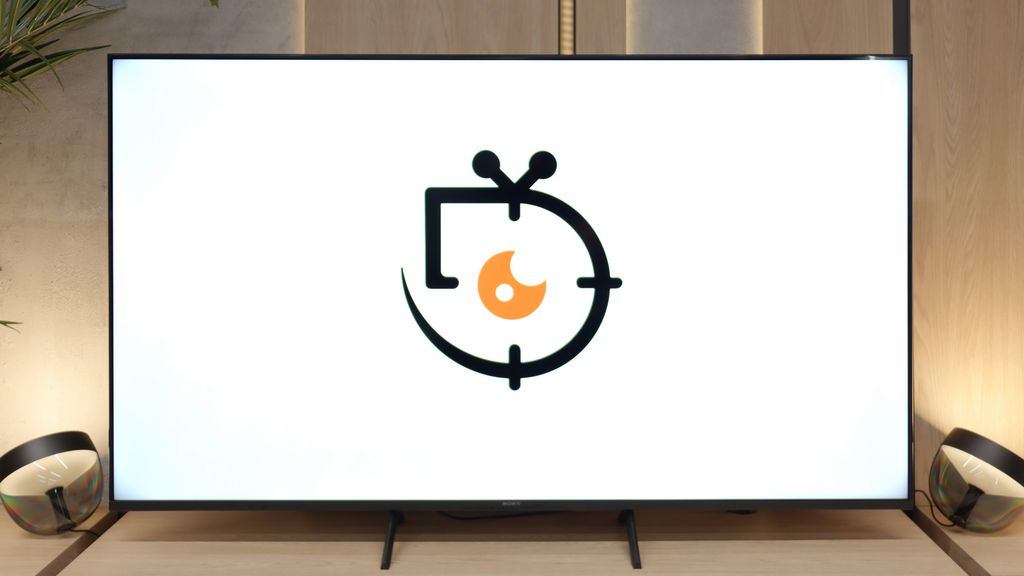
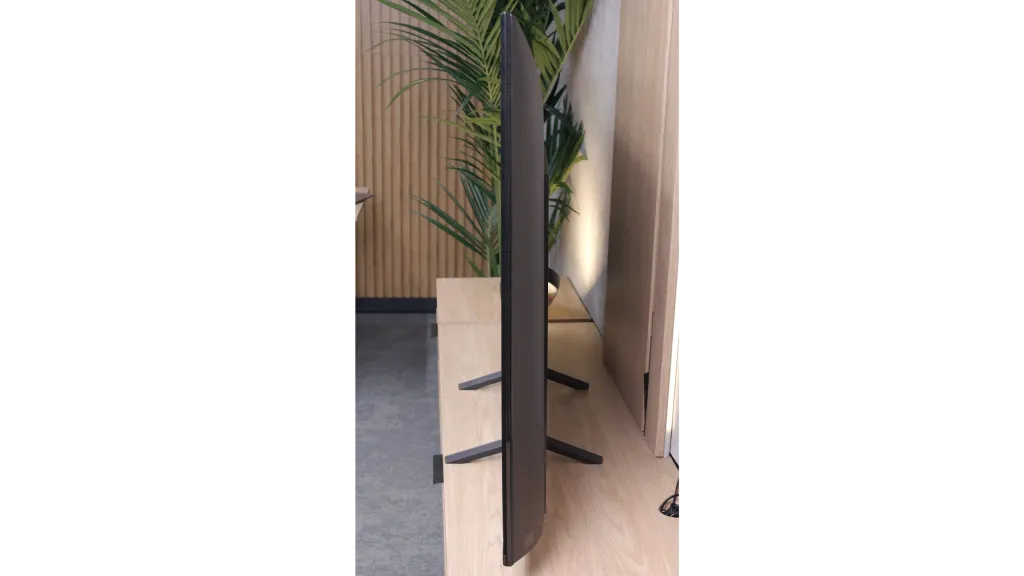
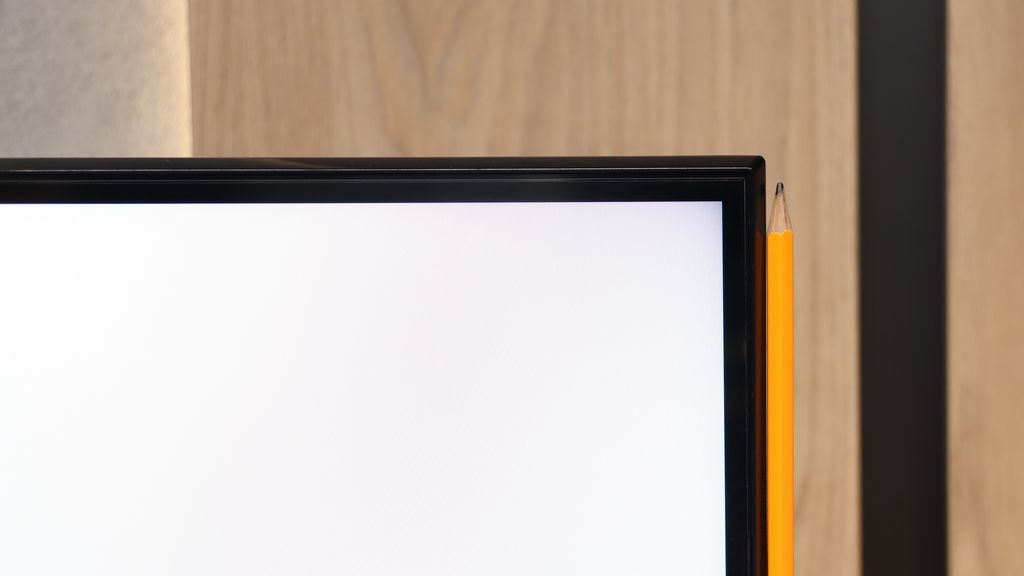
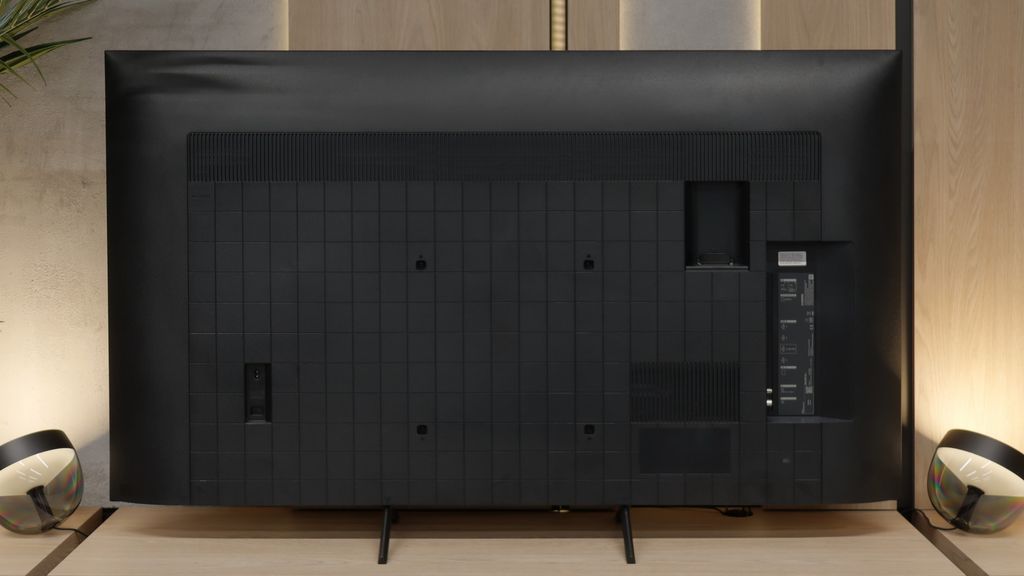
Contrast and black detail
7.6/10
2.2/10
Local dimming function: Yes, number of zones: 120 (12 x 10)
Local dimming function: No
Contrast:

Result
107,750:1

Result
27,100:1

Result
62,500:1

Result
8,750:1

Result
4,950:1

Result
1,150:1

Result
1,150:1

Result
1,050:1

Result
1,050:1

Result
900:1
Halo effect and black detail visibility:

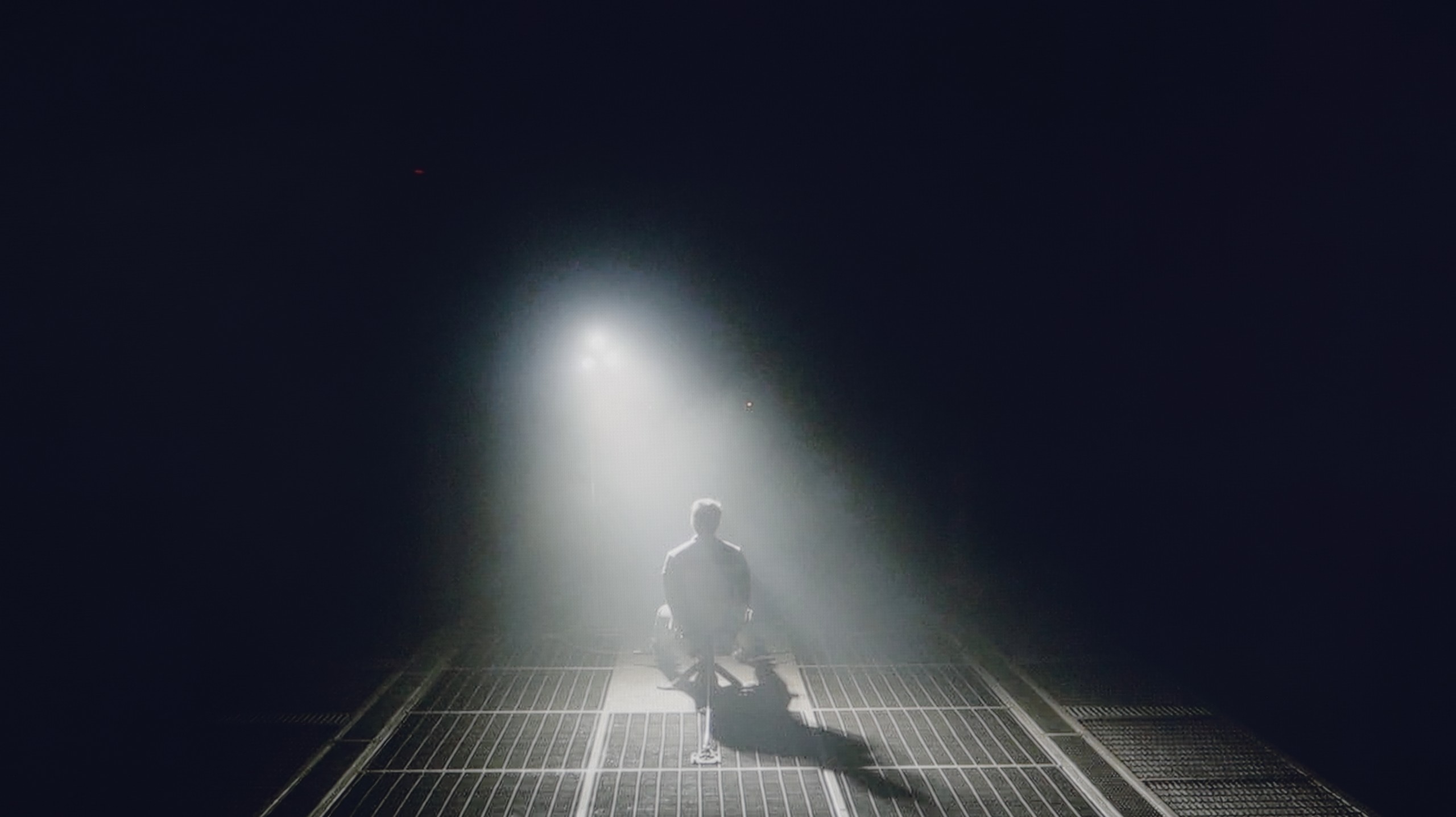
Samsung QN85D for 2024 is the first model from the NeoQLED series to use a VA panel, offering significantly better blacks than IPS/ADS technologies. The 55-inch version has 160 dimming zones, which may not be an impressive number compared to competing models from China. In larger sizes, the number of zones is greater, which naturally translates to better contrast. The contrast results are good, but certain limitations are evident.
With smaller elements on the screen, the limited number of zones causes issues – the TV either tries to maintain a high brightness level, resulting in a halo effect around objects, or it dims too much, as observed in the test scene from the Pioneer disc. Additionally, in the same scene where the TV showcased its highest capabilities (Oblivion) in contrast, it also has significant problems with light separation. You can see how the TV struggles to maintain the best black at the cost of detail in the whites. You can't have it all. Both of these effects impact the perception of contrast, making the performance weaker in more challenging conditions. However, compared to TVs without local dimming technology, the results are very positive and can be surprising.
Bravia 3 in most variants, including the 65-inch model we tested, uses an IPS panel and unfortunately, this isn't the best news for those who value depth of image and truly velvety blacks. This technology has its advantages, offering decent viewing angles, but they come at the cost of very low contrast, which is particularly noticeable during evening viewing sessions when we expect the screen to go dark where it should. However, the list of problems doesn't end there. Our unit also showed noticeable imperfections in the blacks, which exacerbate the effect of their shallowness. For instance, in the scene with the helicopter, you can clearly see blooming in the corners of the screen and noticeable vignetting.
It's hard not to think that even a simple local dimming system could have salvaged the situation and added a bit of drama to the image, which is lacking here. Unfortunately, Sony has not opted for such a solution, and as a result, we have a repeat of last year's performance. So, Bravia 3 is not a television that will charm with cinematic depth of black. At night, instead of intense black, we are more likely to see grey pretending to be darkness, which may disappoint more discerning viewers.
HDR effect quality
5.6/10
4.6/10
Luminance measurements in HDR:

Result
999 nit

Result
335 nit

Result
562 nit

Result
182 nit

Result
855 nit

Result
316 nit

Result
327 nit

Result
369 nit

Result
236 nit

Result
379 nit
Scene from the movie “Pan” (about 2800 nits)

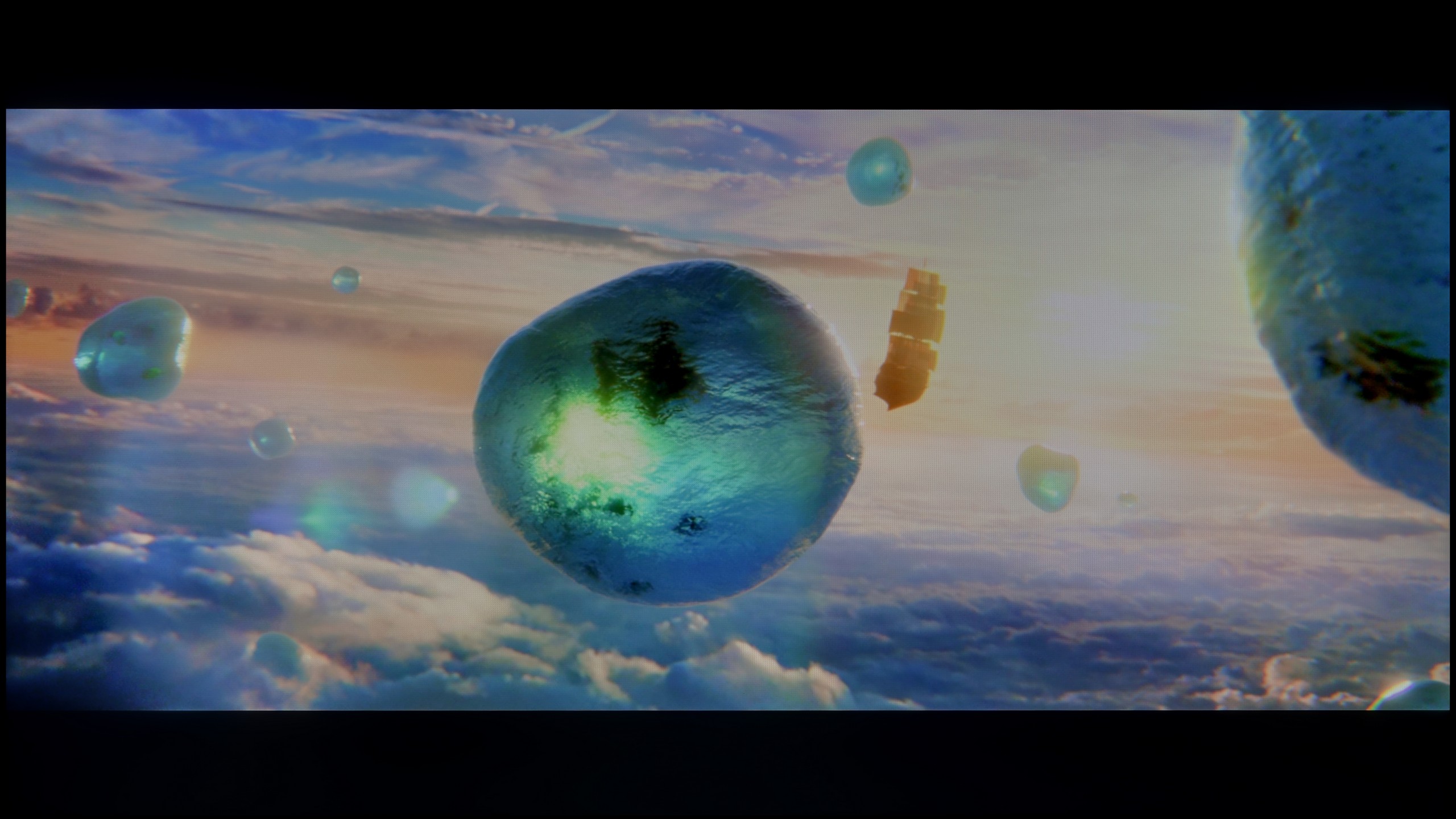
Scene from the movie “Billy Lynn” (about 1100 nits)


Static HDR10


Dynamic: HDR10+
Dynamic: Dolby Vision


HDR luminance chart:
SONY BRAVIA 3
HDR luminance
Samsung Neo QLED QN85D / QNX1D
HDR luminance
Samsung QN85D leaves us with mixed feelings regarding HDR quality. It can shine in synthetic luminance tests, reaching even 1000 nits – which makes scenes like those from 'The Meg' or the start of 'Life of Pi', where the screen is all bright, look truly impressive. However, in practice, the device has its limitations – especially when smaller bright elements appear on the screen. In such moments, brightness noticeably drops, and the HDR effect loses its punch. At brightness levels around 200-300 nits, the magic of HDR simply fades away, not delivering spectacular effects. However, it’s not that the television completely disappoints – coverage of the DCI-P3 colour gamut at 95% is quite decent, although it doesn’t stand out against the best competitors. Colours are well-rendered, but it's clear that HDR could make a bigger impression if brightness could be better controlled.
Bravia 3 does not hide the fact that it belongs to a group of TVs that are rather modest in terms of brightness. Our measurements showed around 370 nits, which is a value balancing on the brink where any HDR effect can still be discussed. For some, this is an acceptable level, while for others it is more typical for SDR materials, where spectacular flashes or vivid contrasts are not expected. The impression is that this is not a TV for those focused on the highest image quality in demanding film content. However, this does not mean that there are no advantages to be found here. Compared to its predecessor, the X75WL, the Bravia 3 has gained an additional PFS filter, which works similarly to solutions known from QLED technology. Thanks to this, the DCI-P3 color gamut has been significantly expanded, reaching over 91 percent, which in practice results in more saturated colours and a more pleasing texture of the image. As a result, even everyday content looks a bit more vibrant, and films and series can surprise with their colourful presentation, despite limitations in brightness itself.
Factory color reproduction
6.3/10
5.8/10


Factory Mode
After calibration


Factory Mode
After calibration
Samsung QN85D TV has been tested in the best available mode – Filmmaker. While one might expect its name suggests a mode perfectly suited for films, unfortunately, it has several significant issues.
When it comes to white balance for HD content, there is a noticeable dominance of red and blue, which makes the entire image take on pinkish hues – this is also confirmed by Colour Checker tests. This effect disturbs the naturalness of skin tones and many other elements, which is particularly evident in more demanding scenes. Initially, the white balance for 4K HDR content seems correct, but at the end of the graph, there is a significant spike in blue hues, affecting the final image quality and making the colours appear unnatural.
The gamma brightness characteristic is also not ideal – although it generally stays close to the reference value, there is a slight drop below 2.4, which can impact the perceived depth of shadows. The EOTF curve responsible for 4K content does not perform any better. There is a clear boost compared to the reference curve, leading to excessive brightness in some areas, thus losing the cinematic quality that the Filmmaker mode should provide. While it might initially seem that the effect is cinematic, unfortunately, the number of errors in colour and brightness reproduction is too significant to call it flawless.
We primarily tested the Sony Bravia 3 in movie mode, which immediately turned out to be the best choice among the factory settings. It's not a perfect picture, but compared to the eco mode that the TV suggests straight out of the box, the difference is evident and definitely better. In movie mode, there is a noticeable issue: the picture seems too warm, which is due to the lack of blue colour in the white balance. Nevertheless, in SDR content, the final effect can still be considered quite decent and satisfactory for everyday viewing. Much more serious errors arise in HDR materials. The Color Checker analysis showed significant deviations, and poor brightness management, combined with limited colour gamut coverage, further exposes the shortcomings of the picture in this mode. All of this makes HDR on the Bravia 3 look unconvincing and can ruin the impression left by the otherwise quite decent SDR content settings. Fortunately, it’s not a hopeless situation. Various errors can be somewhat mitigated, and some can even be completely corrected through professional calibration. That's why we decided to check how the TV would perform after such adjustments.
Color reproduction after calibration
7.9/10
7.5/10

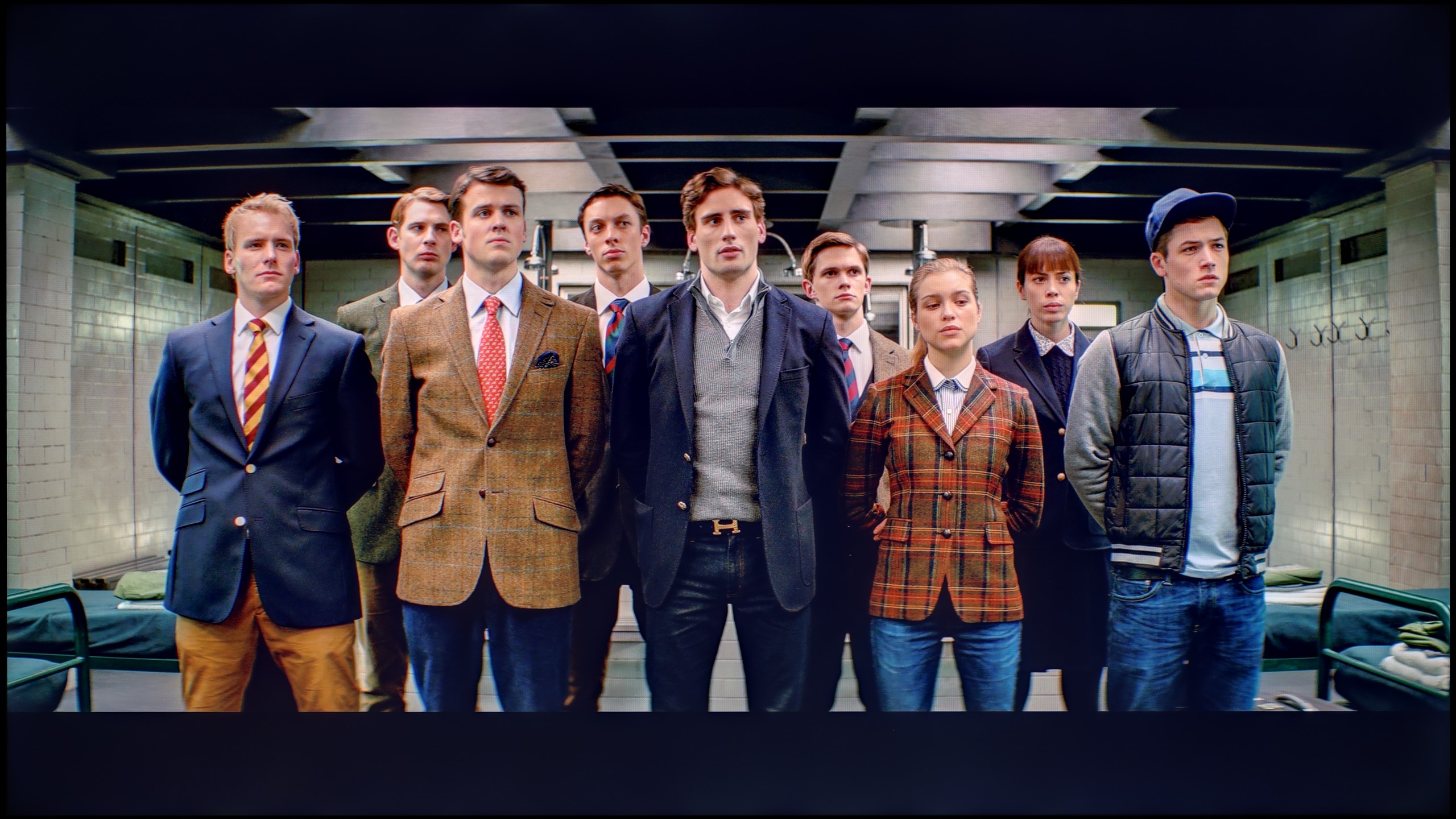


After professional calibration of the Filmmaker mode on the Samsung QN85D television, a significant improvement is noticeable, especially for HD/SDR content. The white balance has been completely free of major errors, and the brightness characteristics for this type of content have been significantly adjusted, allowing for a more natural and realistic image. Television, YouTube films, and other HD materials now look much better, with appropriately balanced colours and without the exaggerated hues that previously marred the experience.
However, the biggest issues arise with 4K HDR content. Despite the calibration, it's hard to speak of significant improvement in white balance here – the differences are cosmetic rather than essential. Brightness, governed by the EOTF curve, seems to be set according to the reference level in synthetic tests at first glance, but has its limitations during actual viewing in films. When analysing the EOTF curve in real film scenes, it becomes clear that the television struggles to maintain consistency in brightness. The effect is that mixed scenes still have their darkest elements boosted, leading to exaggerated contrasts, and completely dark scenes remain too dark, which negatively affects the visibility of details.
Calibration allowed us to extract significantly more from ChooseTV 3 than we could have expected at the beginning. First and foremost, it managed to address the deficiency of blue, which previously caused a noticeable warming of the image. After a slight adjustment in white balance, most errors in the Color Checker measurements for SDR content practically disappeared. The whites took on a natural tone, and brightness management in gamma stabilised to an almost ideal level, not exceeding the threshold of what the human eye can perceive. So it is safe to say that in SDR content, after a few adjustments in the settings, ChooseTV 3 performs really well. It fares much worse, although still definitely better than before calibration, when it comes to HDR content. The white balance has been brought in line, but the limitations of the IPS panel are insurmountable. The lack of local dimming means that even the smallest elements can be overexposed, which is immediately noticeable. Colour-wise, the effect has also improved, although it is far from perfect – many errors still exceed the threshold of four, and even five delta E units, remaining visible to the human eye. It was already clear earlier that ChooseTV 3 is not a television designed to impress with HDR quality. Nevertheless, it is pleasing that in SDR content, after calibration, the picture can look really great and in this category, the television pleasantly surprised us.
Smoothness of tonal transitions
7.6/10
8/10

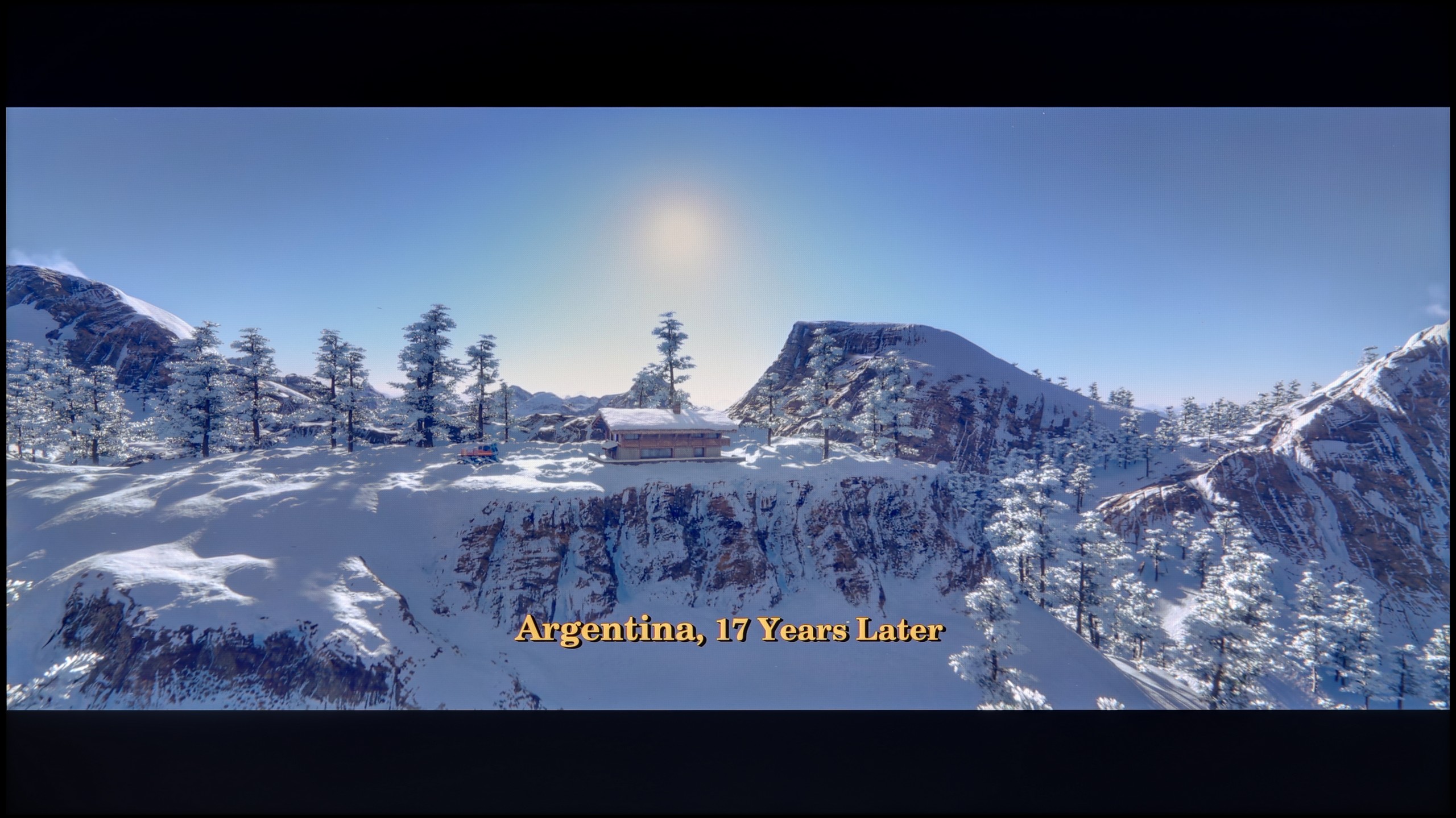

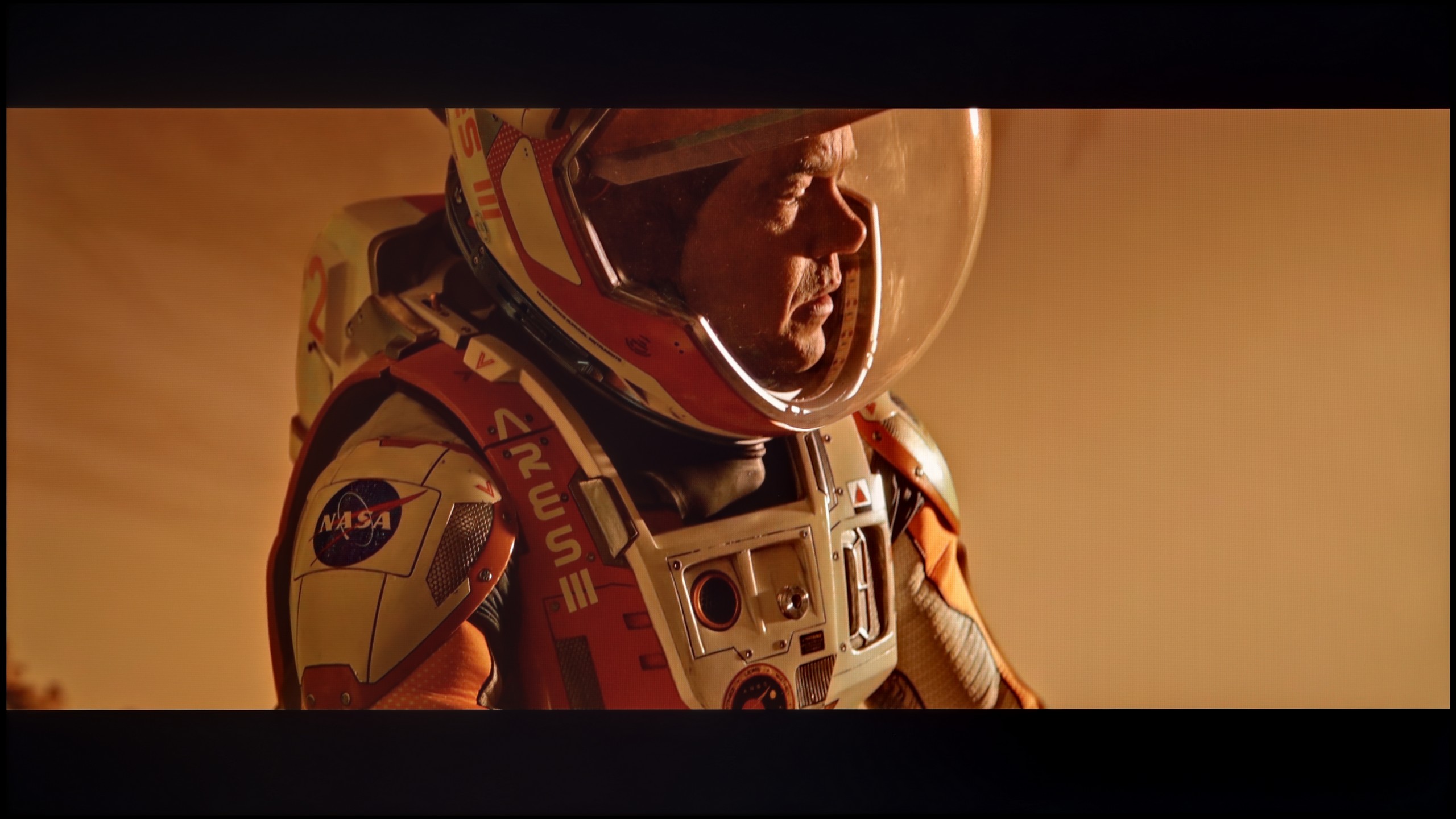

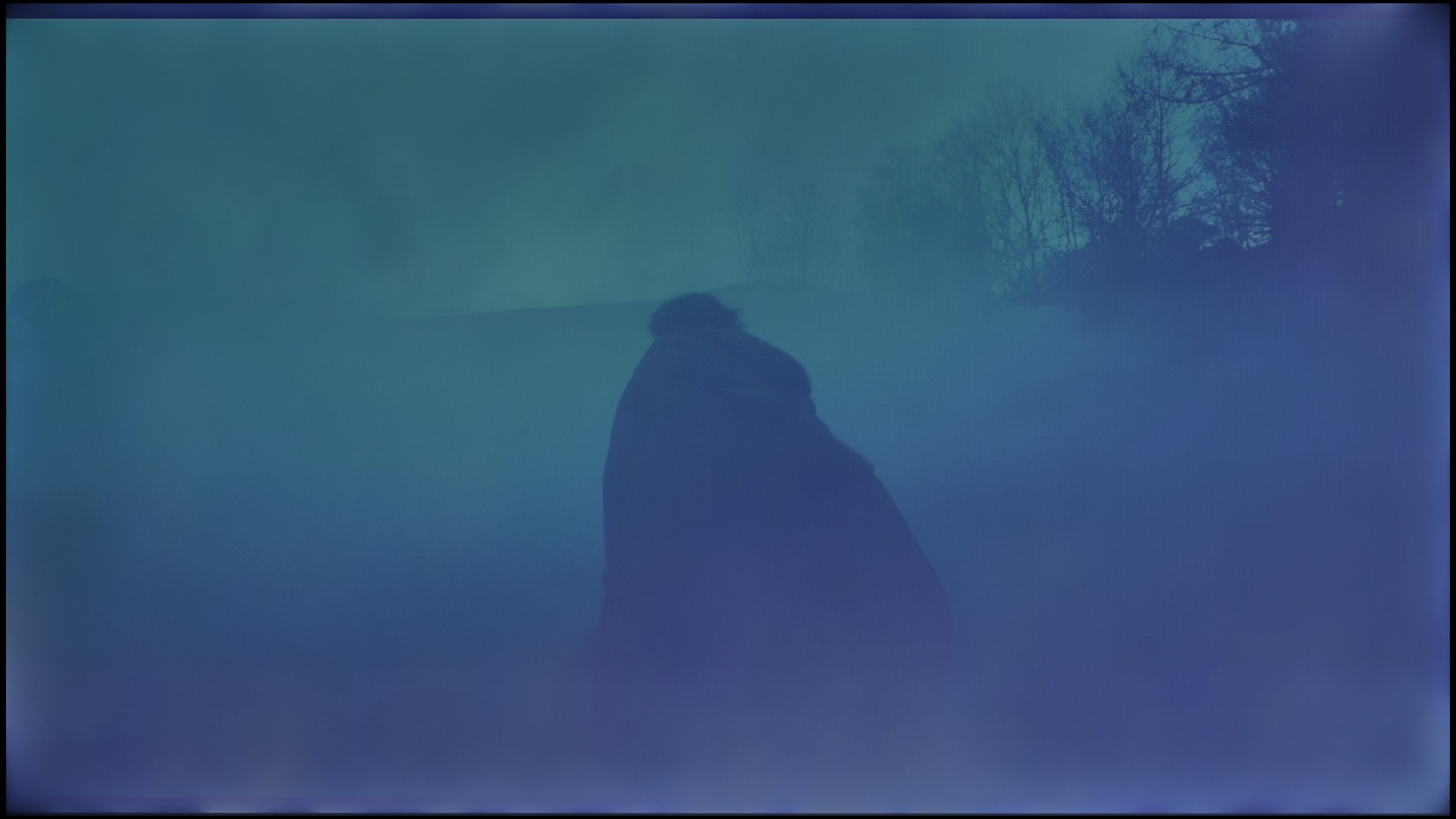

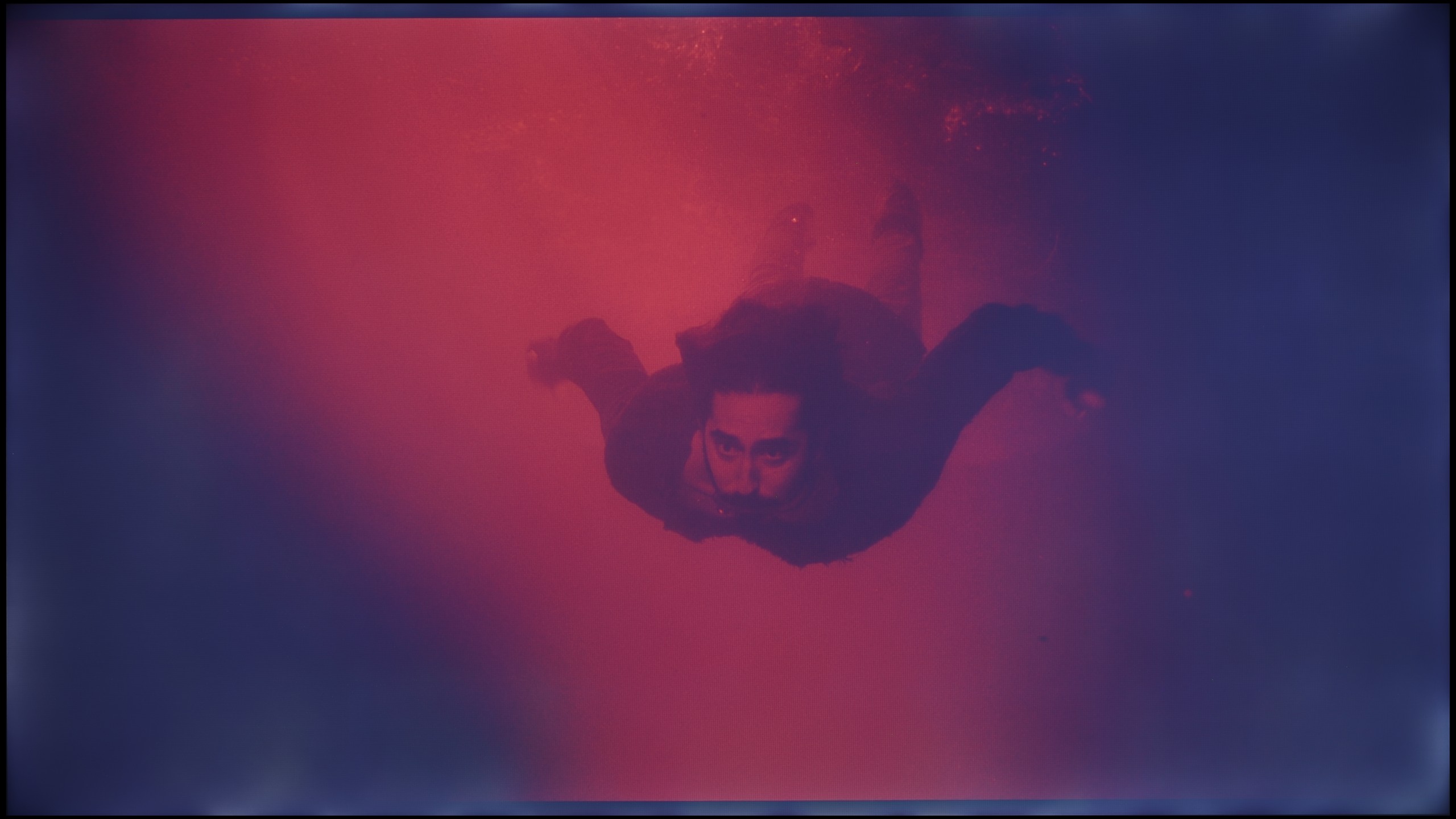




When it comes to tonal transition fluidity on the Samsung QN85D television, it’s generally very good. The tonal transitions are smooth, and there are no significant artifacts. However, more demanding users may notice some issues in certain scenes. For example, when blending darker colours, like in the scene with the red sea, subtle shortcomings can be observed. Similarly, in the case of lighter colours – the scene from the film 'The Martian' shows slight gradation issues, leading to subtle but noticeable transitions between shades. Despite these minor shortcomings, most users should be satisfied. The results are of a high standard and in most cases provide smooth, natural transitions between colours.
In terms of the fluidity of tonal transitions, Bravia 3 performs really well. In brighter scenes, we didn't notice any serious errors – the screen handles colour blending almost perfectly and doesn’t create artificial contours that can spoil the viewing experience. Similarly, in darker segments, there are no major issues with colour gradation, although another problem arises here. Strong brightening and uneven backlighting of the panel in dark scenes make it difficult to definitively assess the gradation itself, because the effect is spoiled by the unevenness of the image. However, if we focus solely on colour blending, the result should be regarded as very good.
Image scaling and smoothness of tonal transitions
7/10
7/10
Smooth transition function

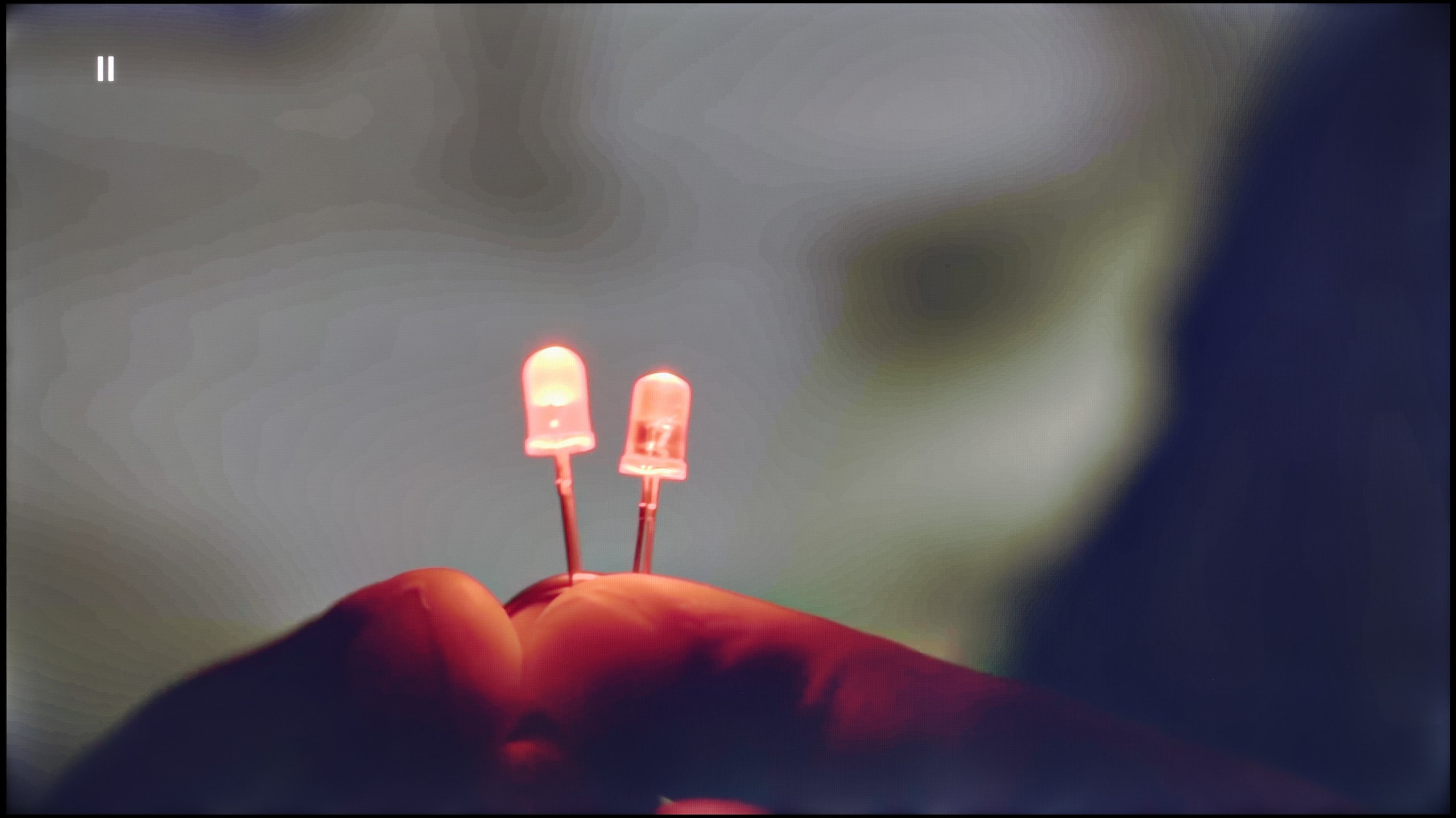
Image without overscan on the SD signal


When checking the fluidity of tonal transitions in low-resolution materials on the Samsung QN85D television, it’s worth noting the noise reduction feature, which significantly improves problematic tonal transitions. On the other hand, this feature also has its downsides – it removes film grain, which is an important element of many productions, giving them authenticity, and it can also soften the image. This may appeal to those who prefer a smoother picture; however, for lovers of the authentic look of films, using this feature should be considered carefully.
Regarding image scaling, the television performs very well. The model's figure is presented correctly, without noticeable distortions, and the branches in the background do not have excessive artificial sharpness, which is often a problem when scaling lower resolution materials. The high capabilities of the image processor are evident here, which can effectively process lower quality materials, ensuring good final quality.
Bravia 3 brings something more to the Sony television family than just a shared name. It stands out primarily for its ability to enhance the quality of weaker materials thanks to the processor used. Of course, we won’t find the advanced XR chip known from more expensive models here, but nonetheless, it must be said that the image in lower resolution looked surprisingly good. The scaling worked effectively, and most areas of the screen were free from the typical excessive edge roughness found in budget constructions.
Also worthy of attention is the function that improves the smoothness of tonal transitions. In high setting, it works really well, effectively masking gradation imperfections without significant loss of detail. It does happen that the algorithm overzealously smooths elements that should remain sharp – for example, faces – however, in the overall assessment, the effect is beneficial. The best results were achieved precisely at the highest setting, and this is the option we could recommend to those watching lower-quality content.
Blur and motion smoothness
7.5/10
5/10

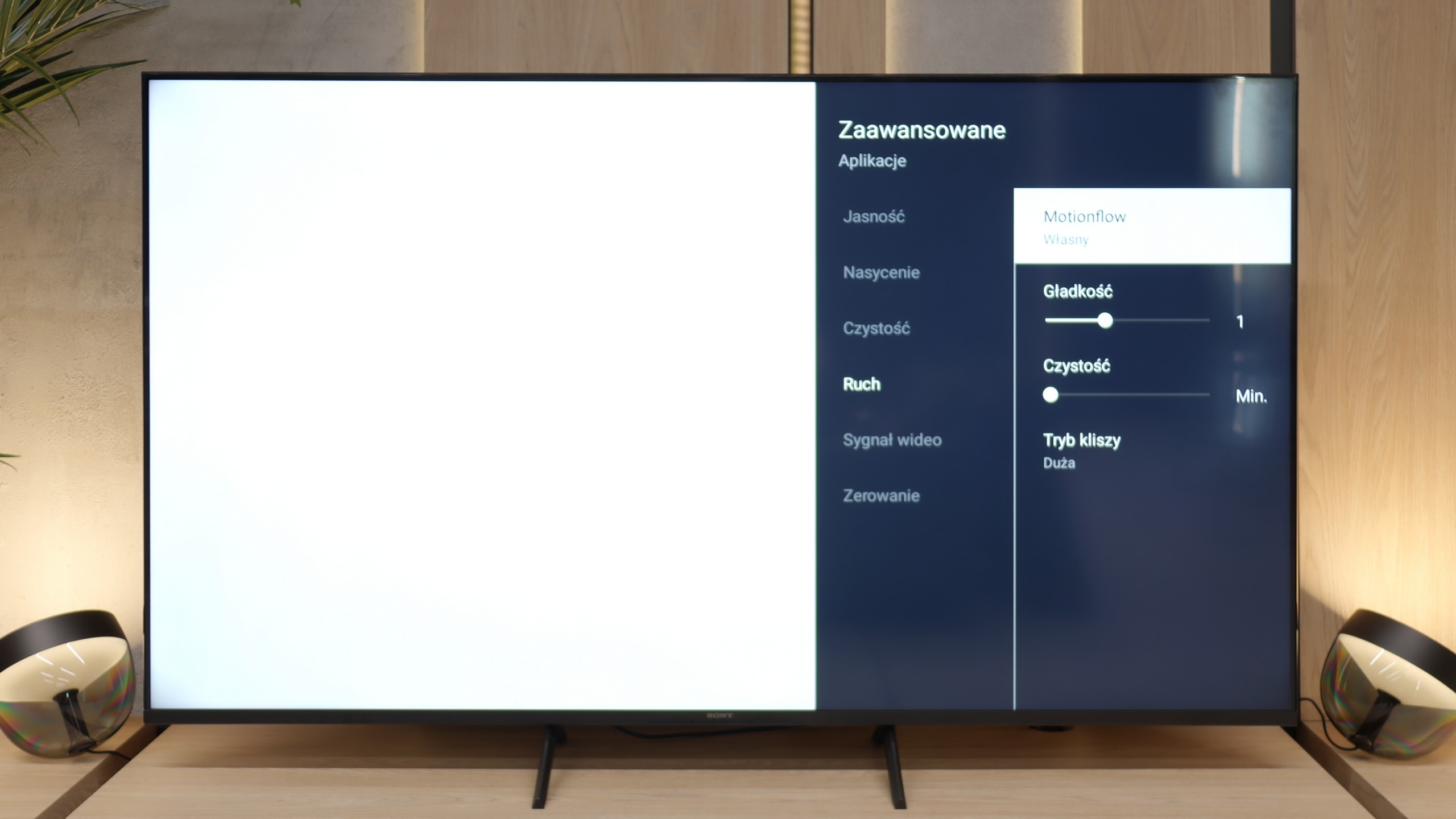
Blur (native resolution, maximum refresh rate):



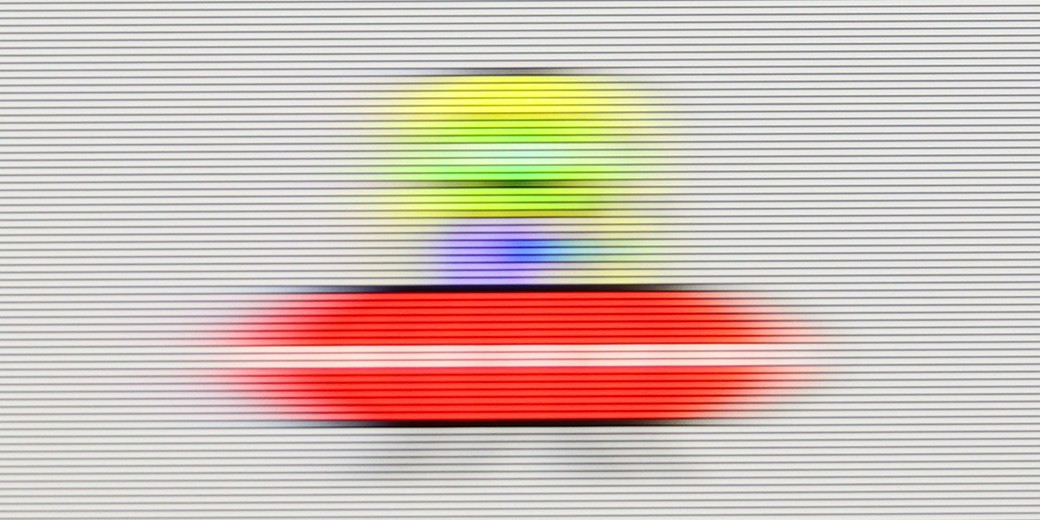
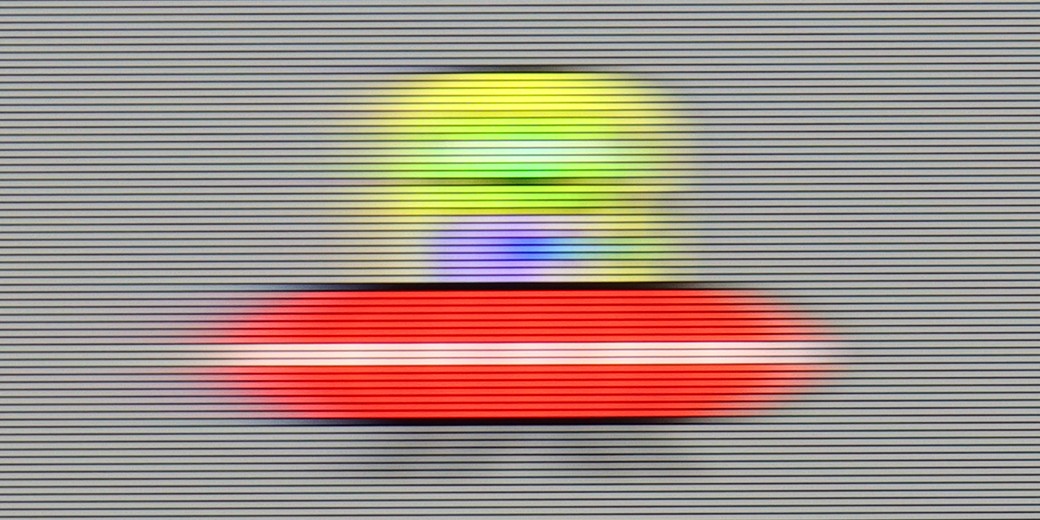
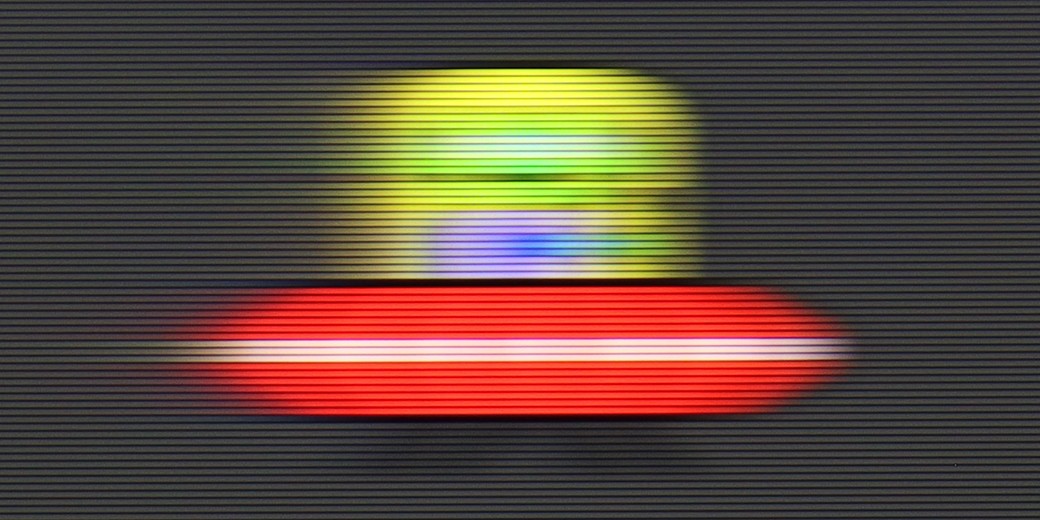
Blur (BFI function enabled):
Image flickers in this mode
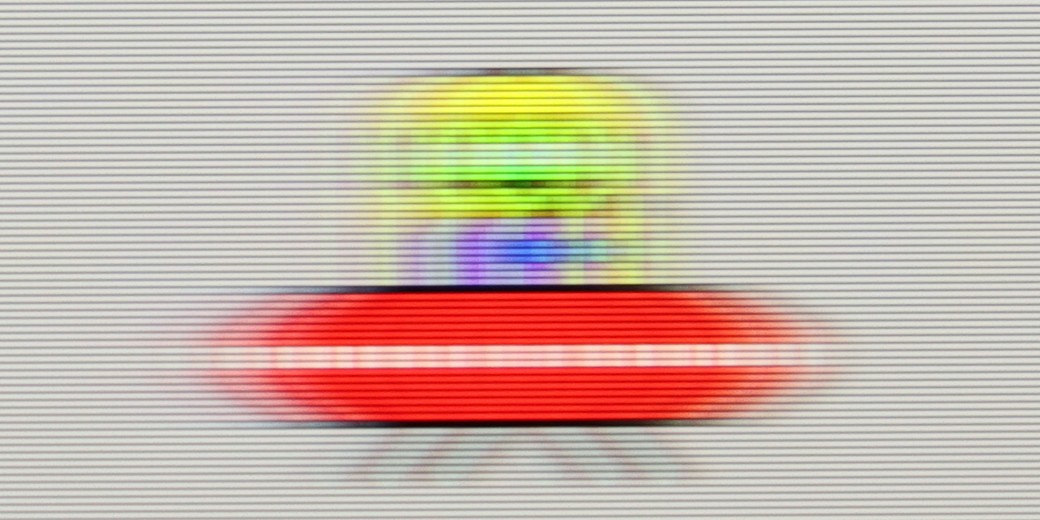
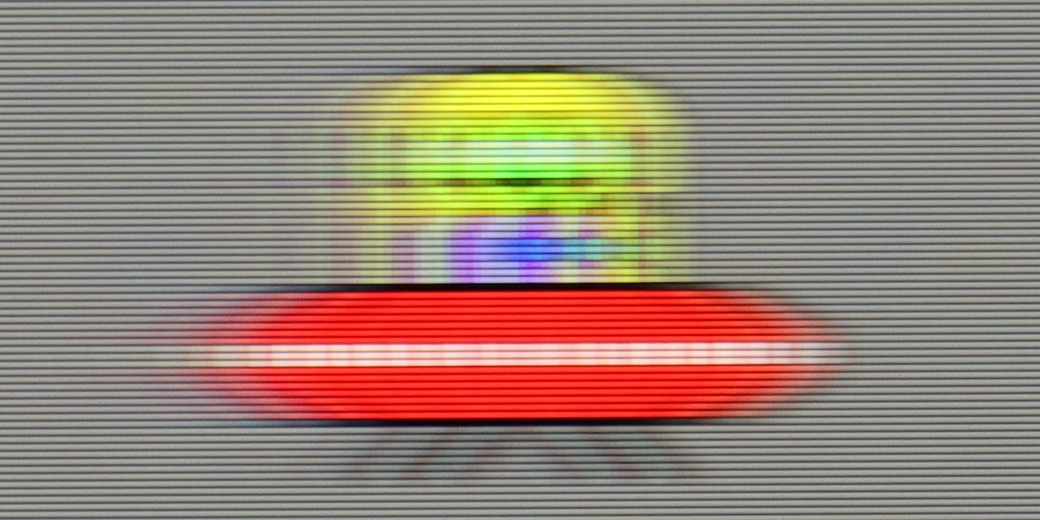
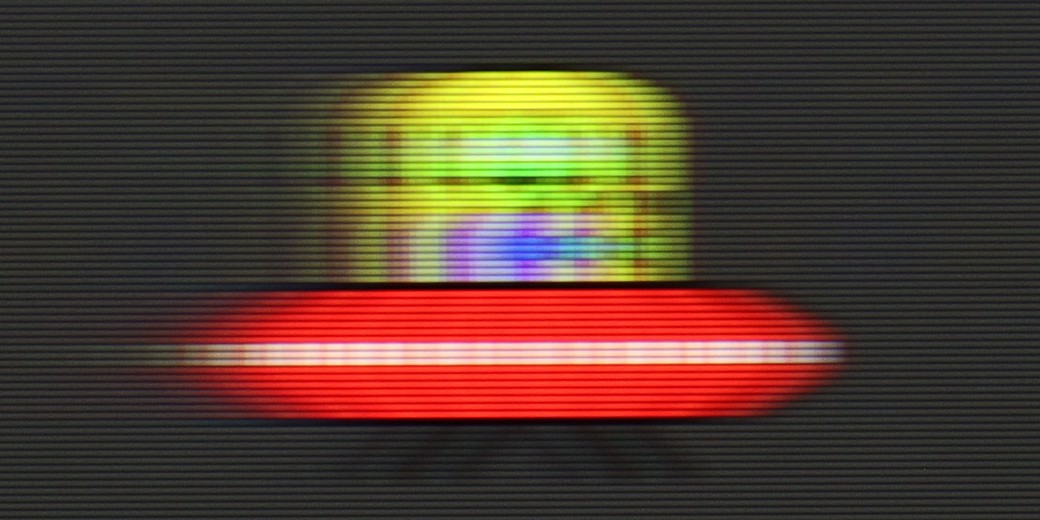
Samsung QN85D TV is equipped with a 120 Hz refresh rate panel, which should satisfy both gamers and sports enthusiasts by offering a smooth and dynamic image. There are options to enhance fluidity, such as the blur and judder reduction feature, which allows precise motion fluidity adjustments on a 10-point scale. The blur reduction increases the sharpness of fast-moving objects, making action scenes more readable, while judder reduction smooths out motion, eliminating the “judder” effect. Ghosting is generally well controlled, though minor imperfections can be visible in more demanding scenes, especially when an object moves against a dark background. Additionally, the TV offers a BFI (Black Frame Insertion) feature at a 60 Hz refresh rate, which can significantly improve motion fluidity experience, although at the cost of image flicker, which might be bothersome for some users.
Motion smoothness has never been a strong point of televisions equipped with 60 Hz panels, and the Bravia 3 is no exception. Nevertheless, Sony has included something that may appeal to those more sensitive to the way images are displayed. I'm talking about the proprietary motion smoother, Motion Flow, which gives the user plenty of adjustment options. With it, one can make the image smoother, almost theatrical, or stick to a more cinematic style with characteristic judder that many people simply associate with a filmic atmosphere. These functions work with content at lower frame rates, such as films and series recorded at 24 or 30 frames per second, which is the material we deal with on a daily basis. This is precisely where the motion smoother proves to be one of the most important features in everyday TV usage, and here, the Bravia 3 performs really decently.
Console compatibility and gaming features
9.5/10
4/10
- ALLM
- VRR
- VRR range48 - 120Hz
- Dolby Vision Game Mode
- Correct implementation of HGIG
- 1080p@120Hz
- 1440p@120Hz
- 4K@120Hz
- Game bar

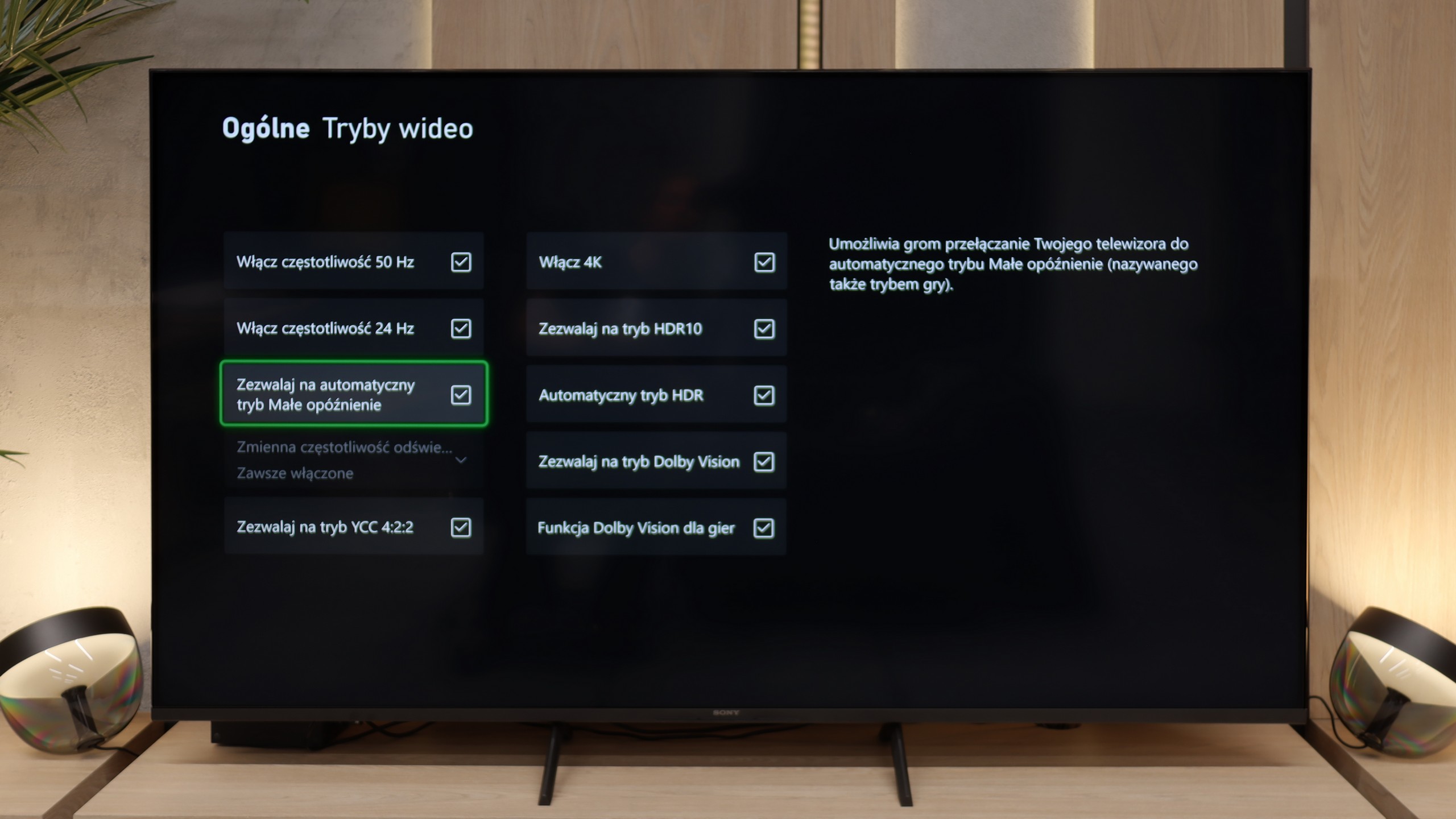

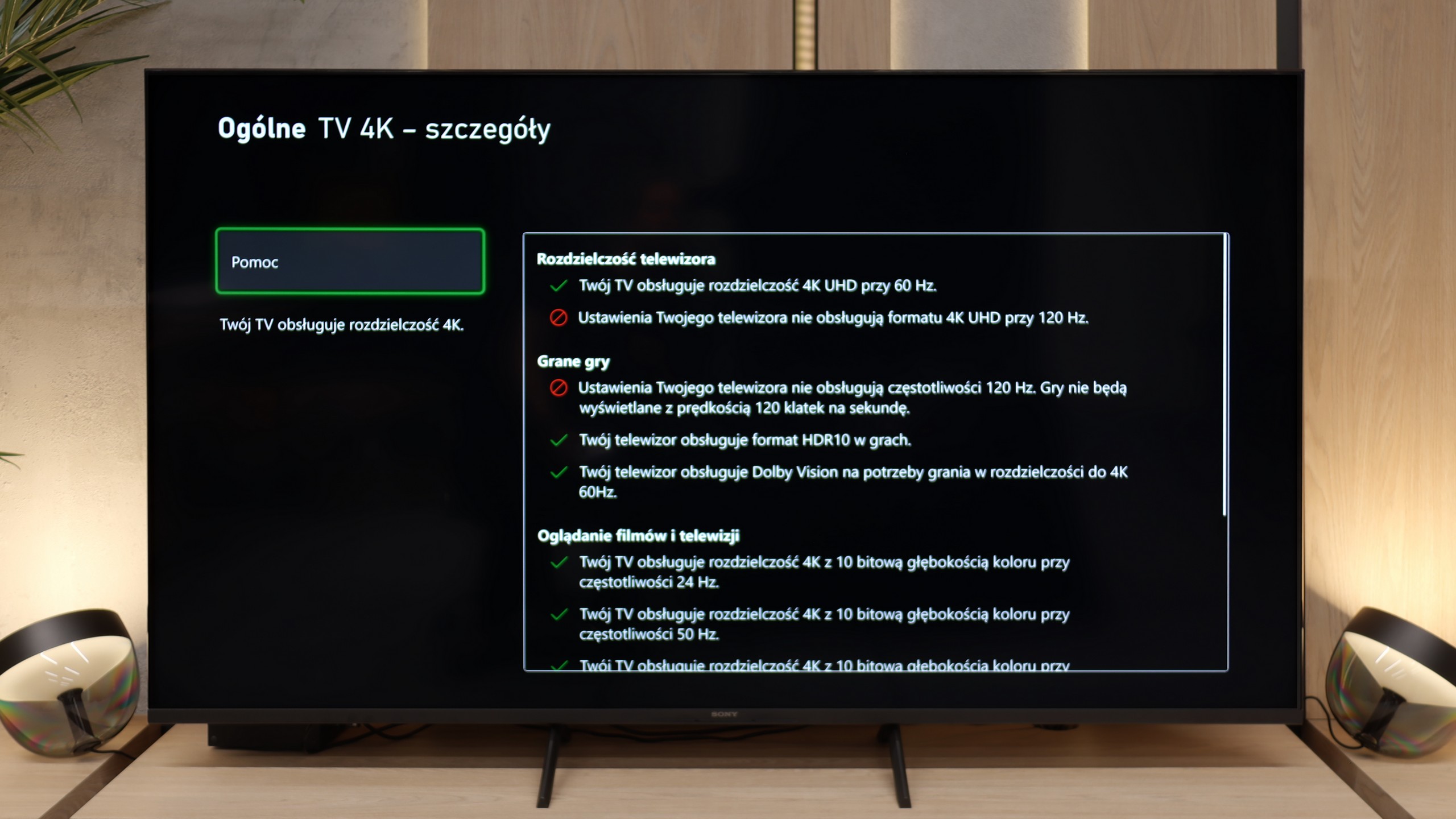

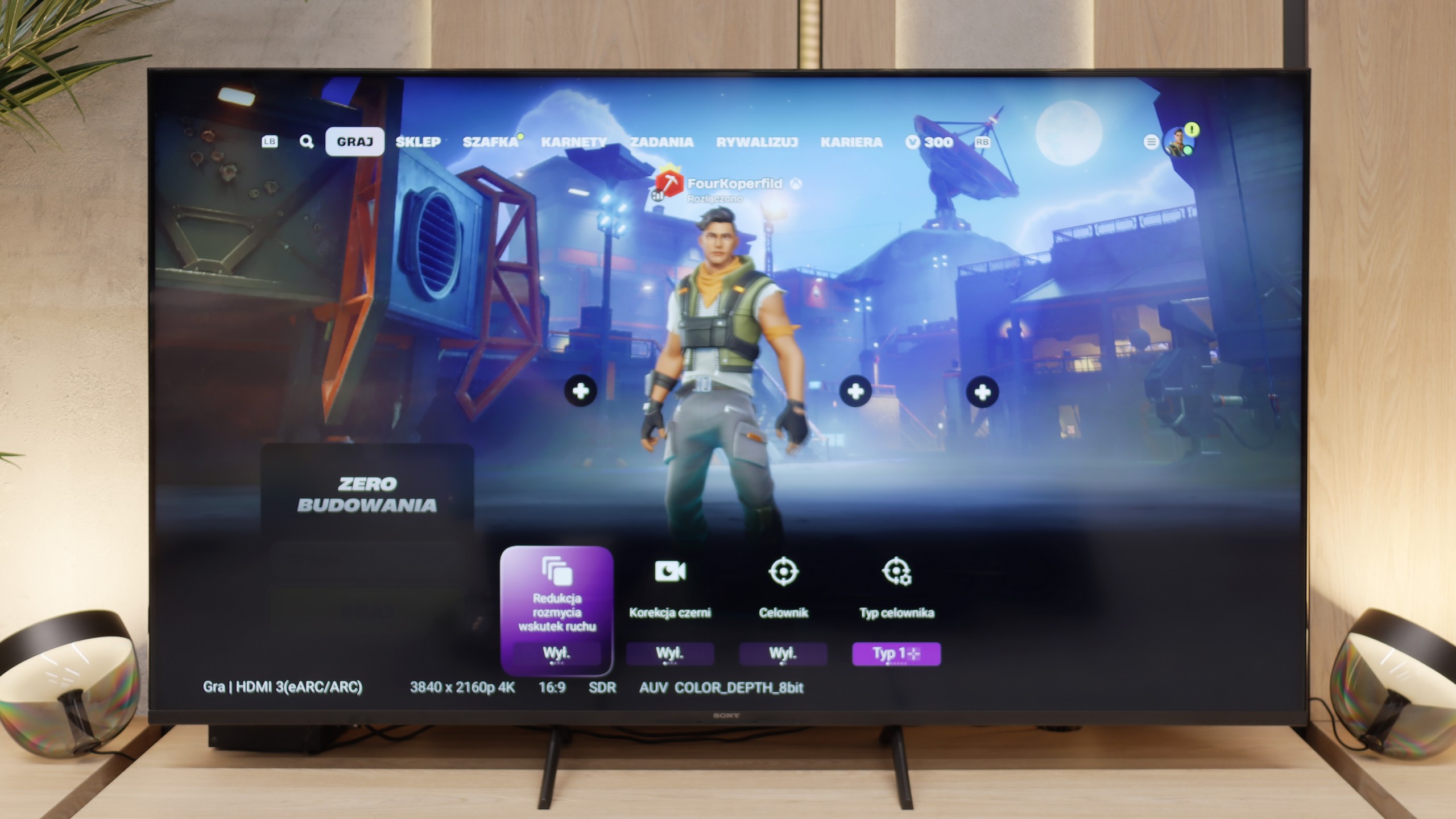

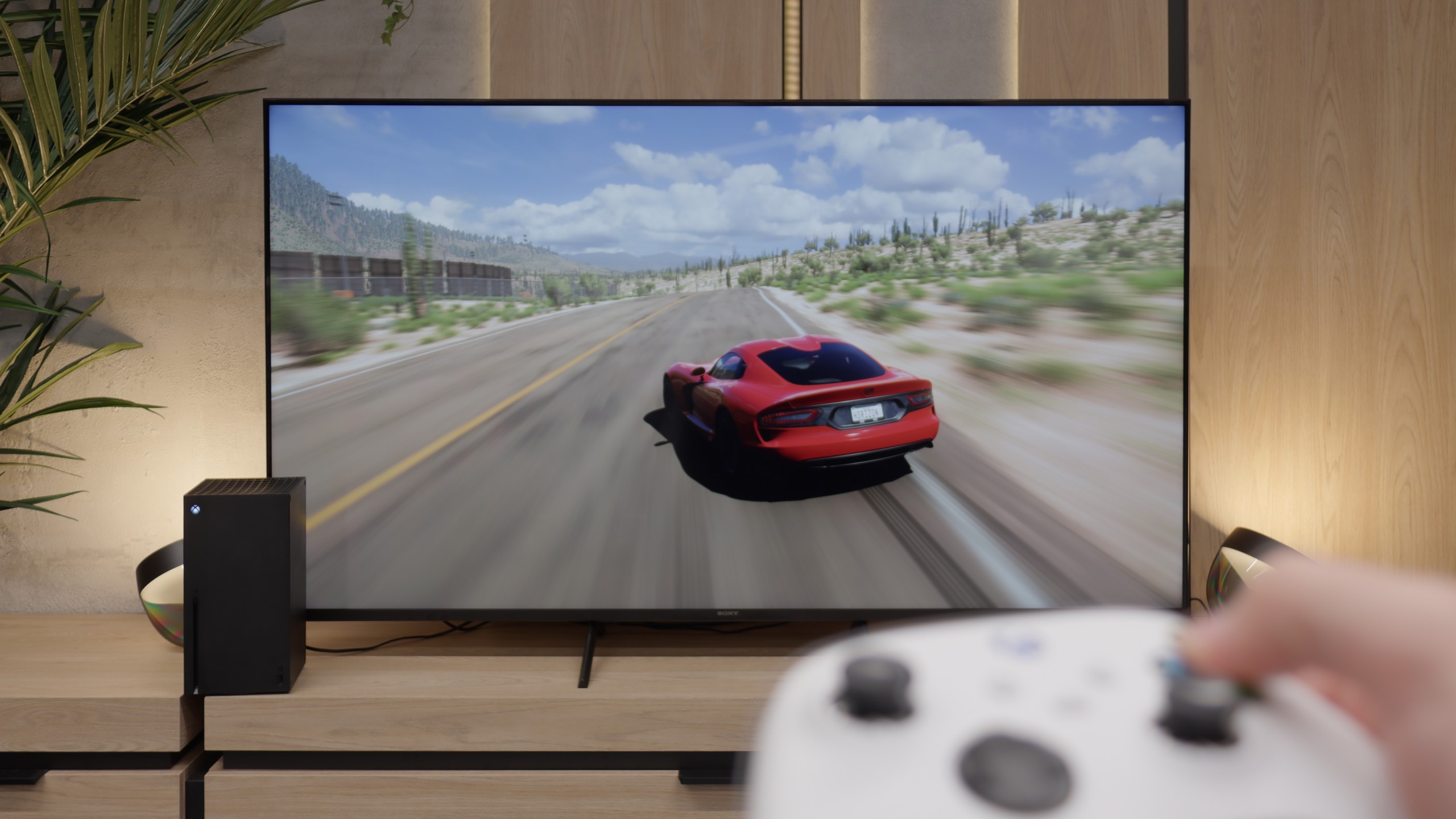
The Samsung QN85D television is an excellent choice for gamers, offering a wide range of features that enhance the gaming experience and make it even more exciting. With a 120 Hz refresh rate panel, the image is incredibly smooth, which is crucial during dynamic scenes in action games. The television also boasts low input lag, allowing for nearly instant reactions to player commands, which translates into better control over characters and events on the screen.
In addition, the QN85D Samsung supports VRR (Variable Refresh Rate) and ALLM (Auto Low Latency Mode) technologies, which optimise image smoothness and reduce delays by automatically adjusting the television to the needs of gamers. Moreover, the Xbox app allows for cloud gaming without the need for a console, which is a big plus for those who want to enjoy their favourite titles without additional hardware – a feature that sets Samsung televisions apart.
The Auto Motion Plus Game feature is another aspect worth highlighting. This motion smoothing technology creates the illusion of more frames per second – as a result, games at 30 fps appear smoother, resembling gameplay at 45 fps, while games at 60 Hz come closer to 90 Hz. Most importantly, this feature does not introduce significant lag, ensuring that gaming comfort is not compromised. This allows gamers to enjoy a smoother image without compromising responsiveness.
Bravia 3 is not gear for e-sports enthusiasts or fans of late-night marathons with a controller in hand. The lack of 120 Hz refresh rate and HDMI 2.1 ports shuts down the conversation before it even gets started. This is a TV for casual gamers who, after work, will fire up FIFA or racing games, not for someone who measures every frame in a spreadsheet. Nonetheless, Sony has thrown in a few nice additions so it’s not completely sparse. ALLM works as it should, automatically switching the TV to game mode (low latency). We even find a simple Game Bar here, which is clear and intuitive. However, the biggest curiosity here is the PlayStation Portal app. Thanks to this, you can launch PS5 games wirelessly and see them right on the TV screen. It sounds great, but it only takes a few minutes to feel significant lag. In our opinion, it's more of a showcase of capabilities than something that can be used day-to-day. If someone really wants to game, it's better to plug the console in with an HDMI cable and forget about wireless issues.
Input lag
9.9/10
10/10
SDR
HDR
Dolby Vision
Samsung QN85D impresses when it comes to input lag value. The television achieves outstanding results – below 15 ms for 60 Hz content and around 10 ms for 120 Hz content. This allows gamers to enjoy instantaneous responses to their actions, especially in dynamic games where every millisecond counts. Such low input lag makes gameplay more responsive and natural, enhancing the overall experience while playing.
Here, the Bravia 3 shows its best side. Latency drops below 12 milliseconds in almost every resolution and mode, so the response to controller movements is instantaneous and there’s no sense of delay. It feels like the console and the television are speaking the same language, without unnecessary pauses and hesitations. The Dolby Vision Gaming mode deserves special attention. In its predecessor, the X75WL model, using this feature was simply a nightmare – input lag could reach over 100 milliseconds, which effectively ruined the enjoyment of gaming. In the Bravia 3, this issue has been completely eliminated.
Compatibility with PC
7.6/10
6/10

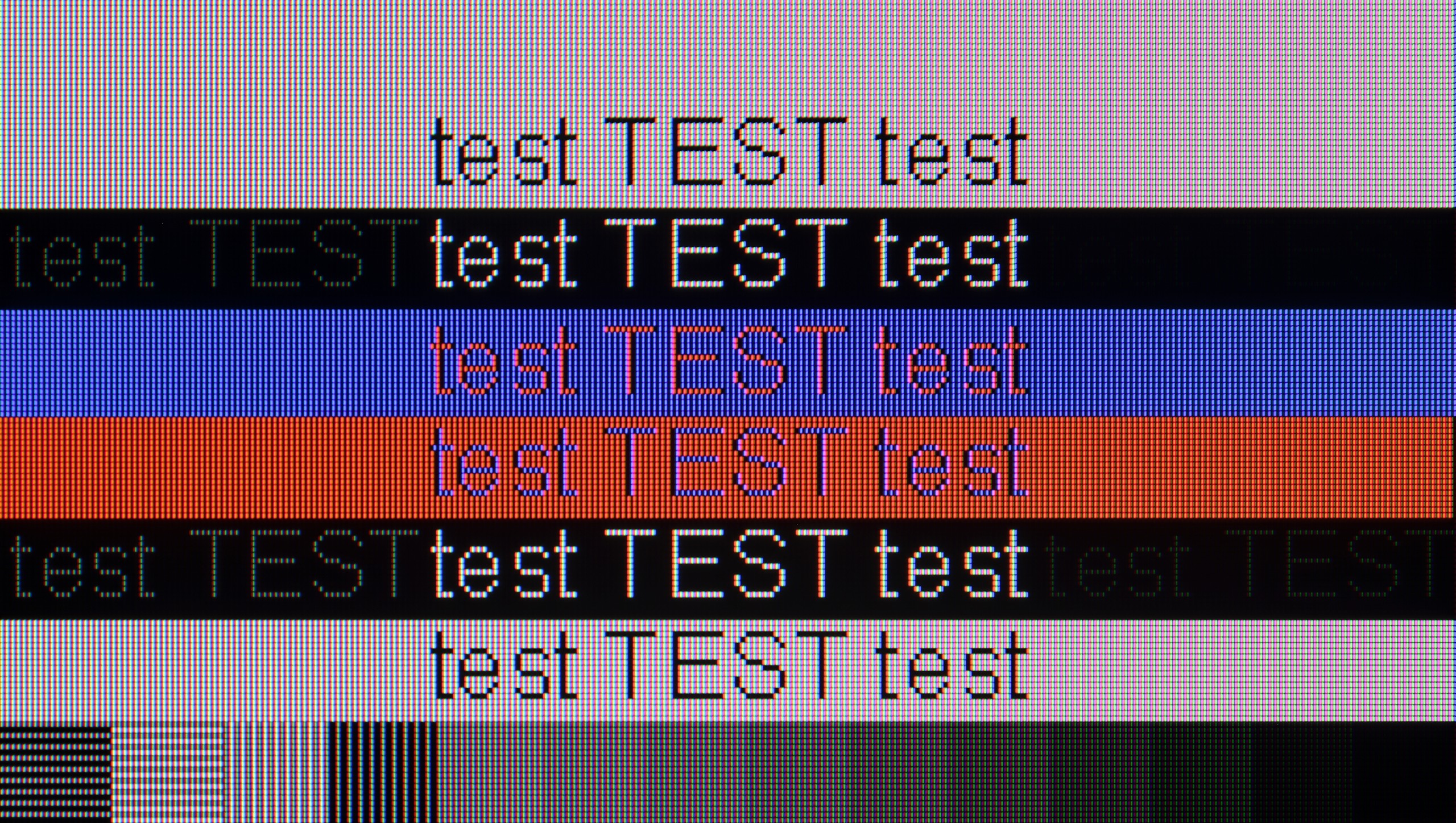
Samsung QN85D could be a good option as a computer monitor. Thanks to support for chroma 4:4:4 (available only in "Game" mode), text on the screen is clear and easy to read, which is crucial for those working with word documents or spreadsheets. A major advantage of this model is its exceptionally low input lag in "PC" mode – just 9 ms, which is really impressive and provides high fluidity and responsiveness, making it suitable for both work and gaming. However, there are some drawbacks. When displaying fonts on a dark background, an issue arises – when zooming in on an image, it can be seen that the horizontal lines are darker than the vertical ones. This is due to the fact that the sub-pixels in those areas do not light up fully, which may be a result of oversight on the manufacturer's part in optimising the algorithm responsible for displaying thin lines. As a result, the quality of text on a dark background is not ideal. Despite this, the television still remains a very good choice as a PC monitor, especially considering the low input lag and support for chroma 4:4:4.
The IPS panel combined with properly functioning 4:4:4 chroma support means that the readability of fonts is at an excellent level. Letters appear sharp regardless of the background colour or content, so working with documents or browsing websites doesn't strain the eyes. In this role, the TV easily deserves a very good, if not excellent, rating, as few models in this price range perform as well. However, if we look at the Bravia 3 from a PC gamer’s perspective, the picture isn’t as rosy. We won't find G-SYNC or Free Sync frame syncing with graphics cards or high refresh rates, so the TV isn’t the best choice for dynamic computer games. However, as a monitor for work, whether in a home office or a student room, it performs excellently, and in that respect, it's really hard to criticize.
Viewing angles
2.9/10
6.6/10
The Samsung QN85D television, due to its VA panel, has quite poor viewing angles. When viewed from the side, colours lose their intensity, and the image becomes noticeably less contrasted. This is a typical drawback of VA panels, which offer significantly worse picture quality when viewed from wider angles. However, directly in front of the television, the situation looks much better – the VA panel then provides deep blacks and better contrast, which is a big plus if the television is mainly watched while sitting directly in front of the screen.
Thanks to the IPS matrix used, colours do not lose intensity as quickly as with screens based on VA panels. Even when watching television in larger groups, when some people sit at an angle, the image remains clear and does not appear washed out. Of course, it isn't at the level offered by OLED organic matrices, where the image looks nearly the same from almost any position, but for an LCD television, the viewing angles in the Bravia 3 are among the best. This provides a sense of comfort and freedom, especially in larger living rooms or during family screenings, where it's difficult for everyone to sit directly in front of the screen.
TV efficiency during daytime
7.3/10
4.9/10

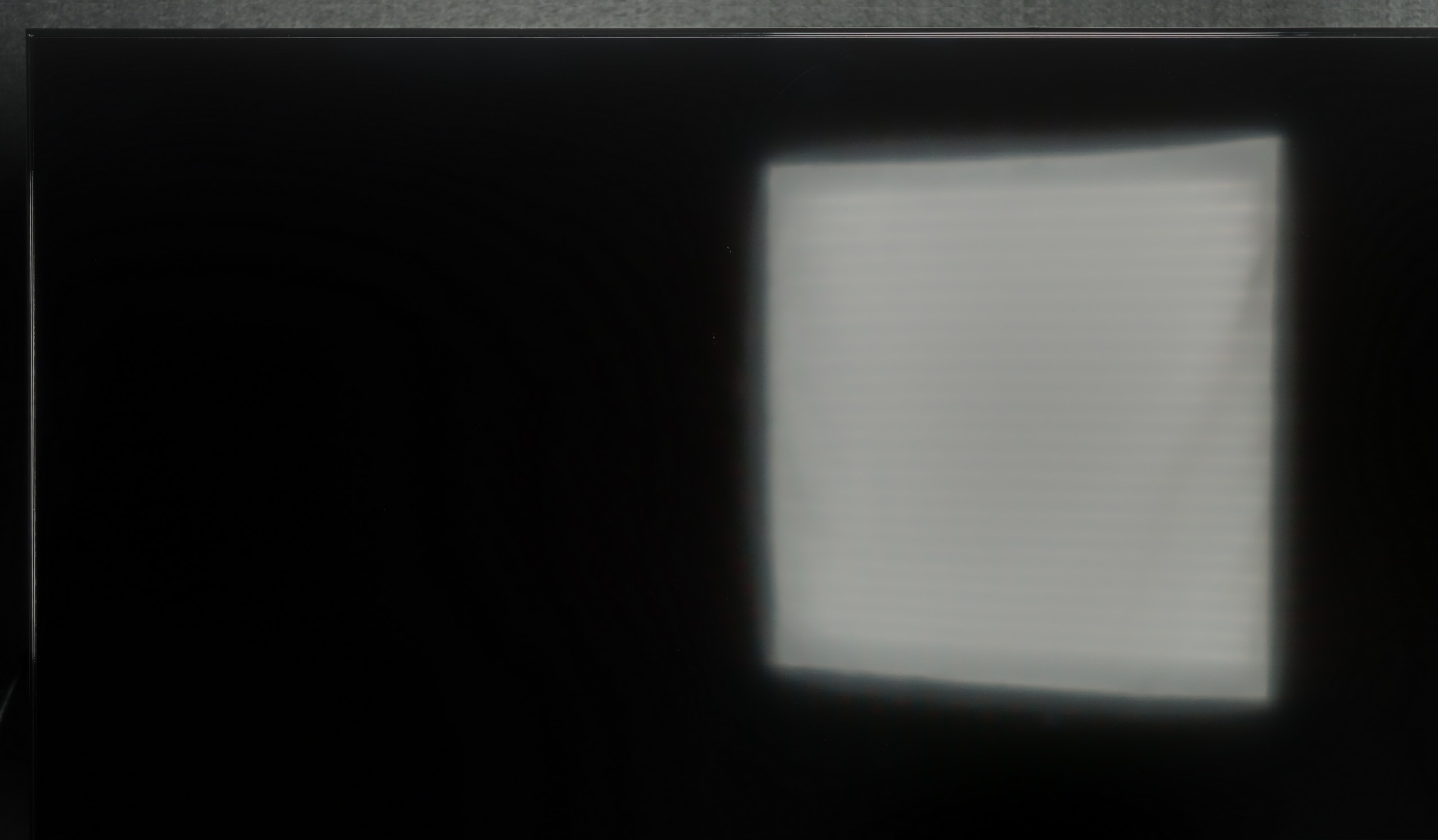

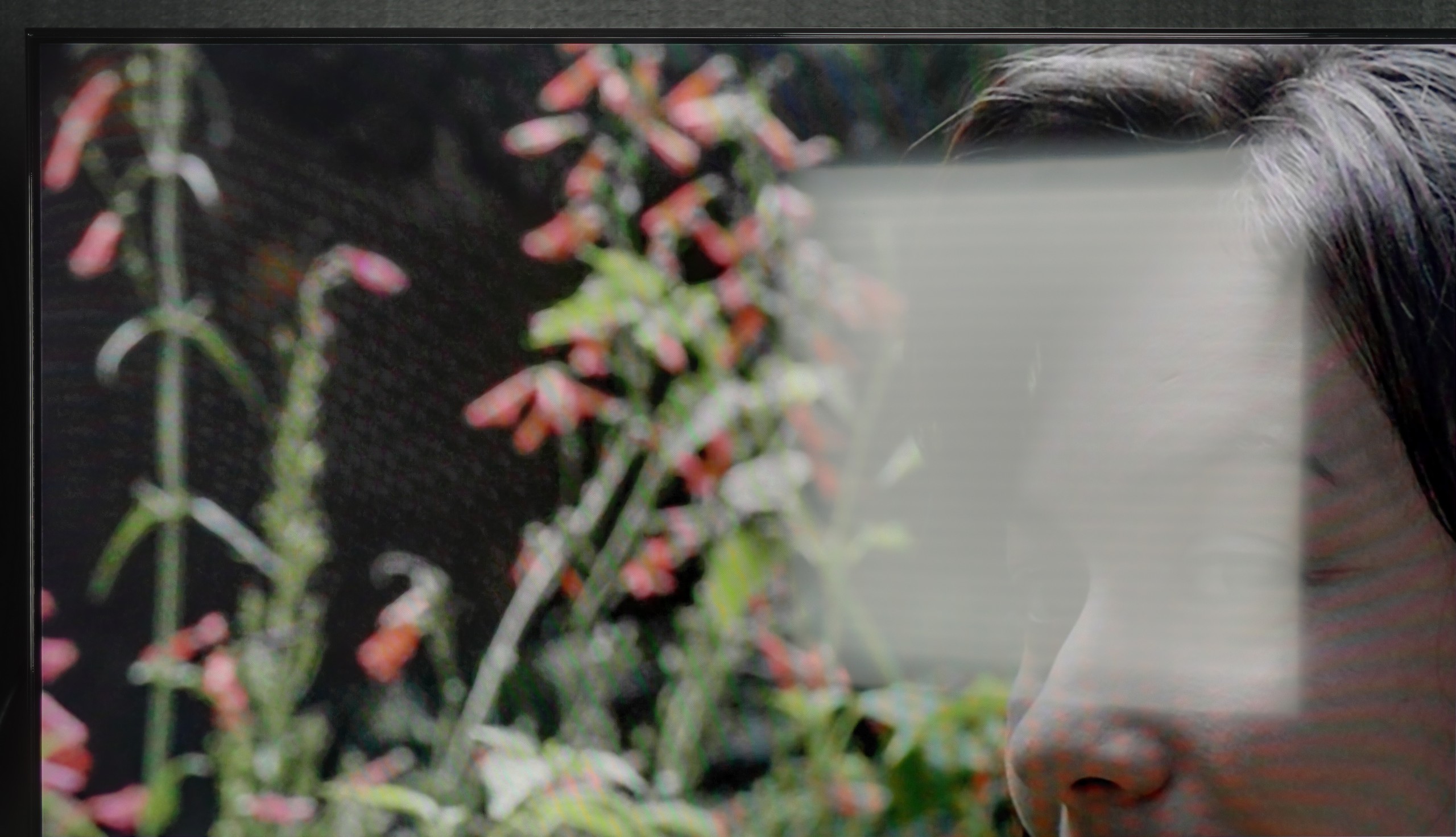
Matrix brightness
Average luminance SDR
SONY BRAVIA 3: 337 cd/m2
Samsung Neo QLED QN85D / QNX1D: 825 cd/m2
Samsung QN85D TV performs very well in bright daylight conditions. Although the satin panel moderately suppresses reflections, the brightness level of 825 cd/m² is truly impressive. Even in direct sunlight, the television handles itself very well, providing a clear and sharp image, and the largest external light sources do not pose a significant problem. This makes this model a good option for rooms with a lot of natural light.
Bravia 3 performs quite well in daylight. The satin coating on the panel effectively reduces reflections, and the colours do not lose their vibrancy when stronger external light hits the screen. As a result, under typical home conditions, with blinds open or in a living room with a larger window, the picture maintains its clarity. However, it's important to remember that this is not a high-brightness TV. The Bravia 3 cannot compete with brighter models, so in very sunny rooms, there are moments when the screen simply doesn't stand out against the intense light. In normal conditions, it handles things without any issues, but in more challenging scenarios, don't expect miracles.
Details about the matrix
Subpixel Structure:

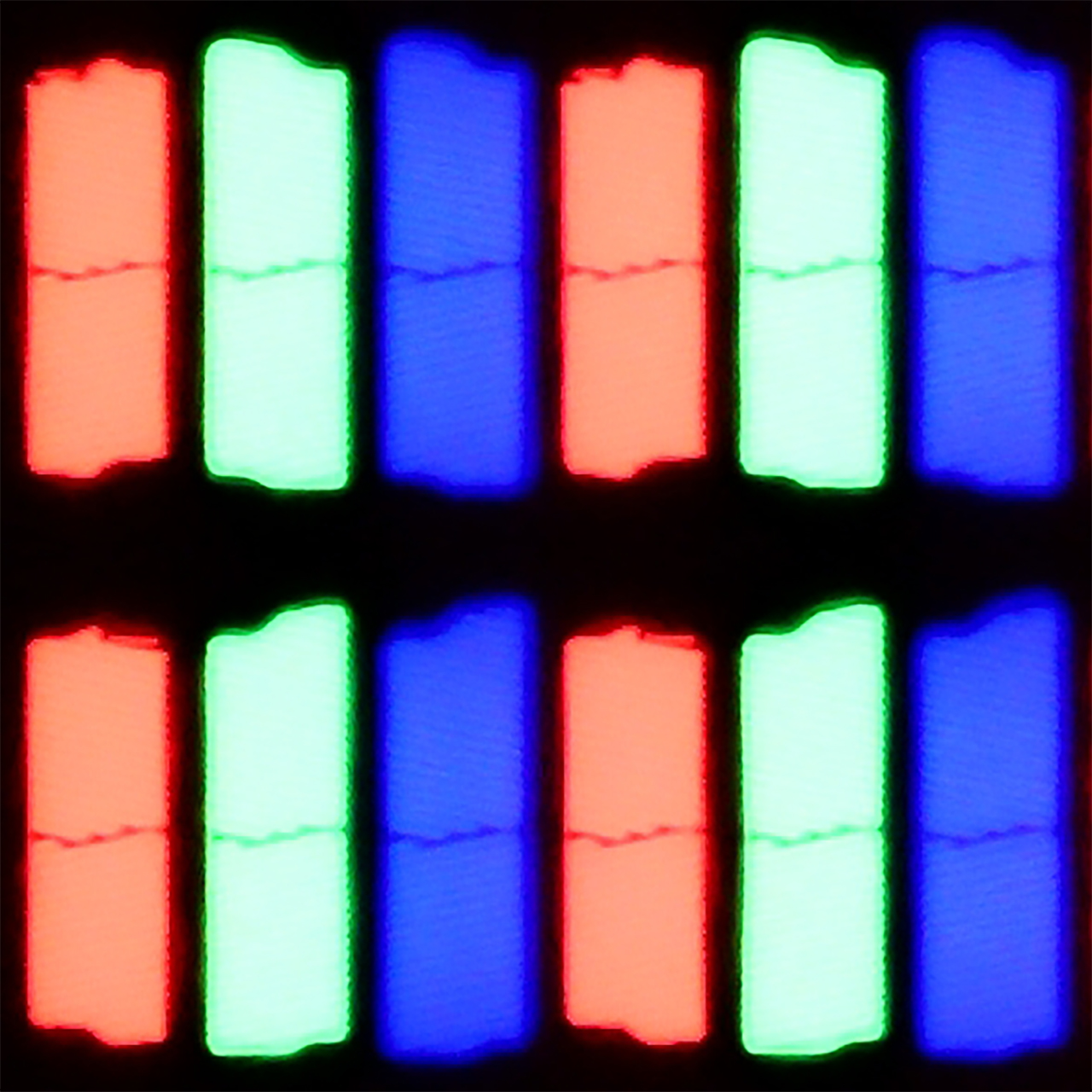
Panel uniformity and thermal imaging:

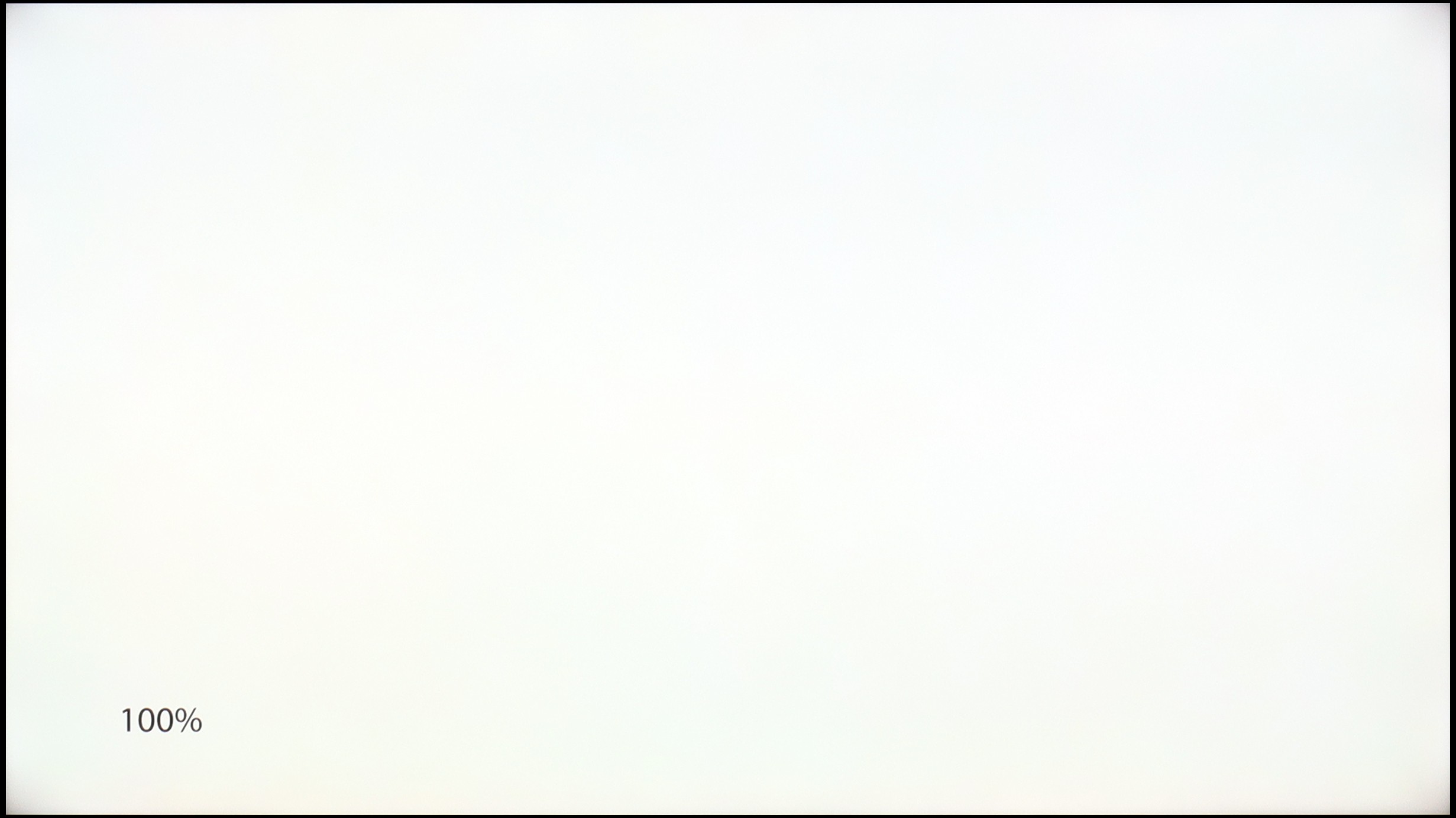
Samsung Neo QLED QN85D / QNX1D
SONY BRAVIA 3
TV features
7.4/10
6.6/10
- HDMI inputs0 x HDMI 2.0, 4 x HDMI 2.1 48Gbps4 x HDMI 2.0, 0 x HDMI 2.1
- OutputsToslink (Optical audio), eARC (HDMI), ARC (HDMI)Toslink (Optical audio), eARC (HDMI), ARC (HDMI)
- Network InterfacesWi-Fi 2.4GHz, Wi-Fi 5GHz, Ethernet (LAN) 100MbpsWi-Fi 2.4GHz, Wi-Fi 5GHz, Ethernet (LAN) 100Mbps
- TV receptionDVB-T, DVB-T2, DVB-S, DVB-S2, DVB-CDVB-T, DVB-T2, DVB-S, DVB-S2, DVB-C
Classic features:
- Recording to USB (terrestrial TV)
- Recording programming
- Picture in Picture (PiP)
- RF remote control (no need to aim at the screen)
- Backlit remote control
- Teletext
- Audio only mode
- Bluetooth headphones support
- Simultaneous Bluetooth headphones & TV audio
Smart features:
- AirPlay
- Screen mirroring (Windows Miracast)
- Voice search
- Voice search in native language
- Ability to connect a keyboard and mouse


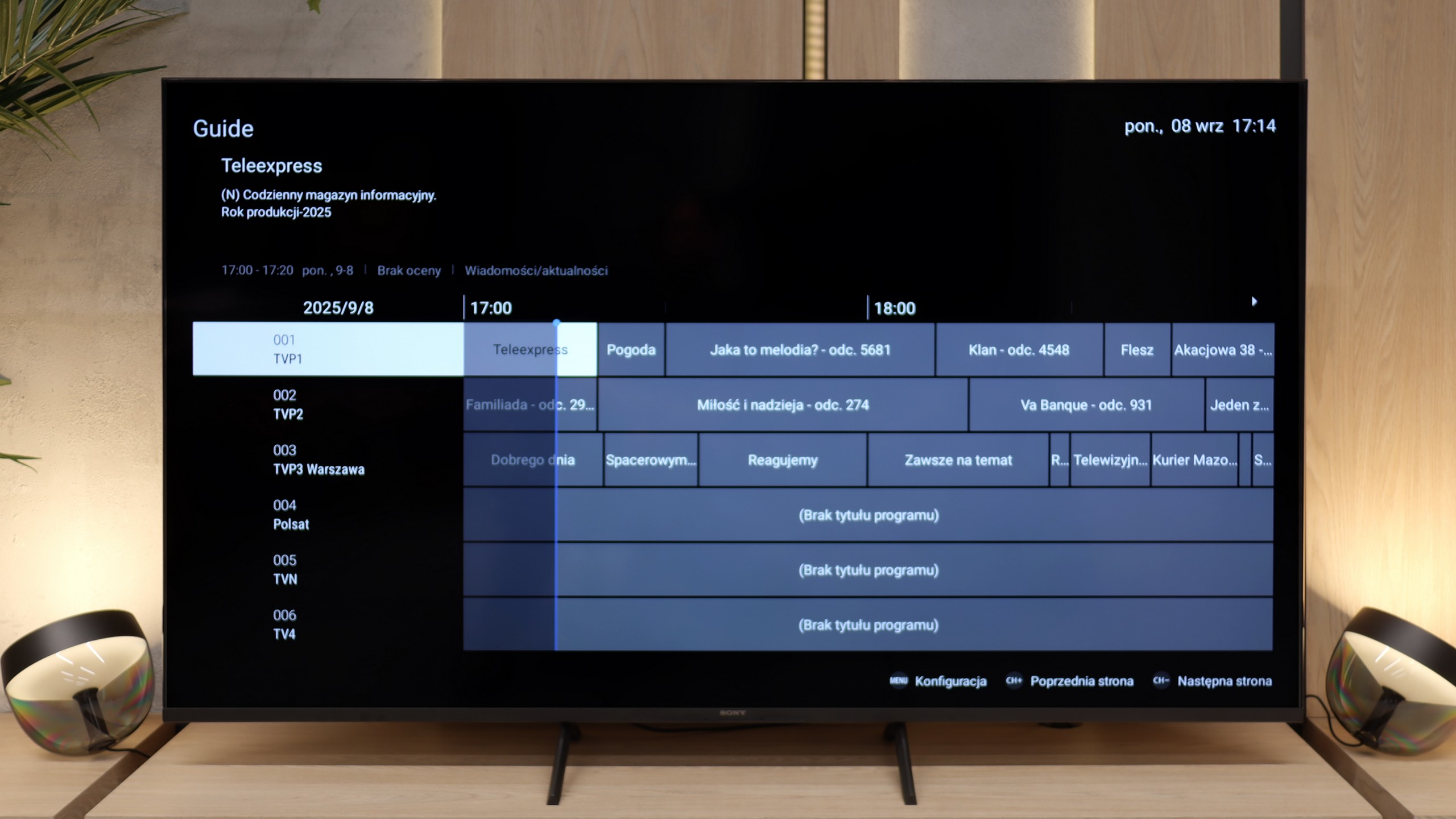
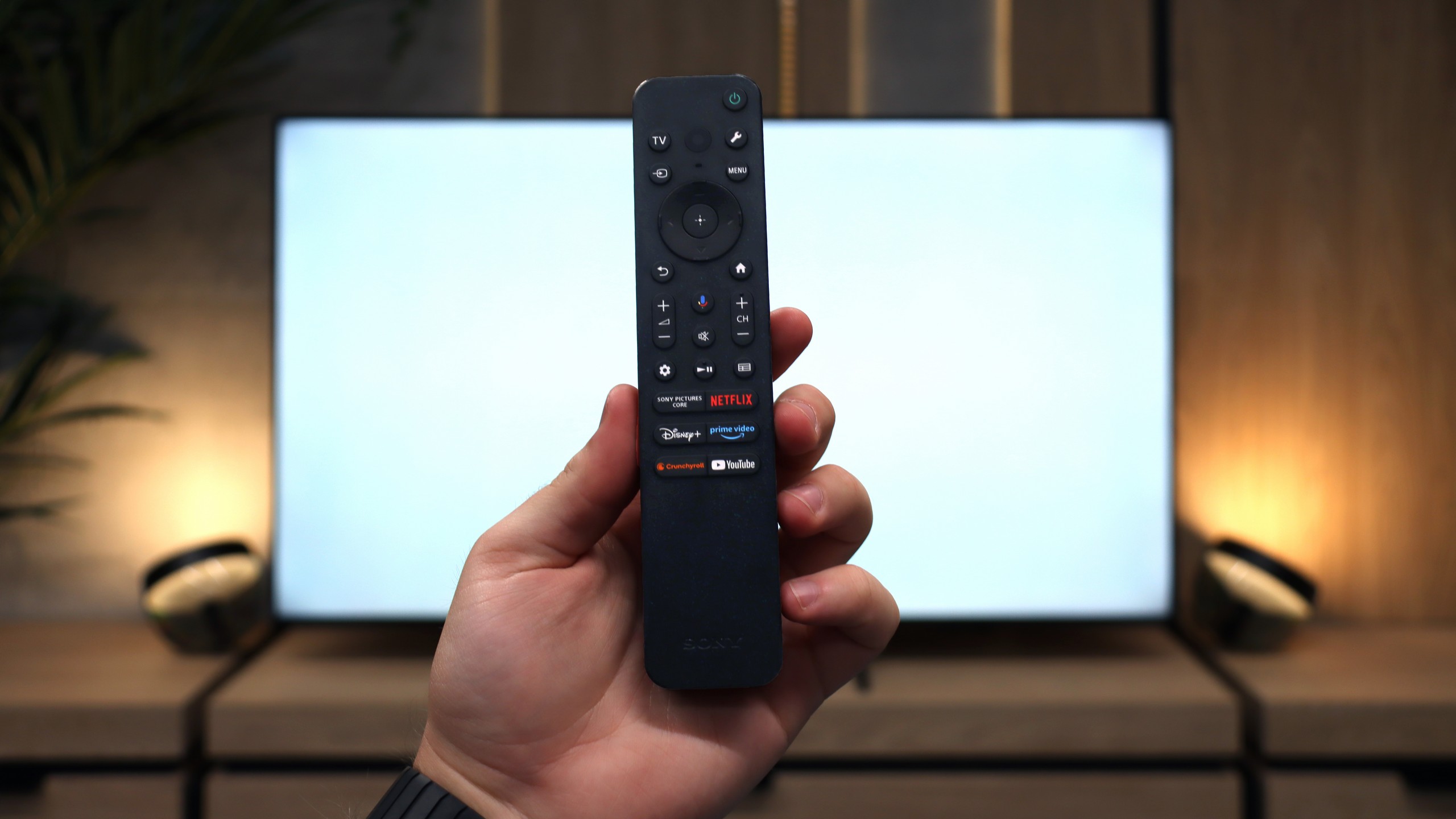
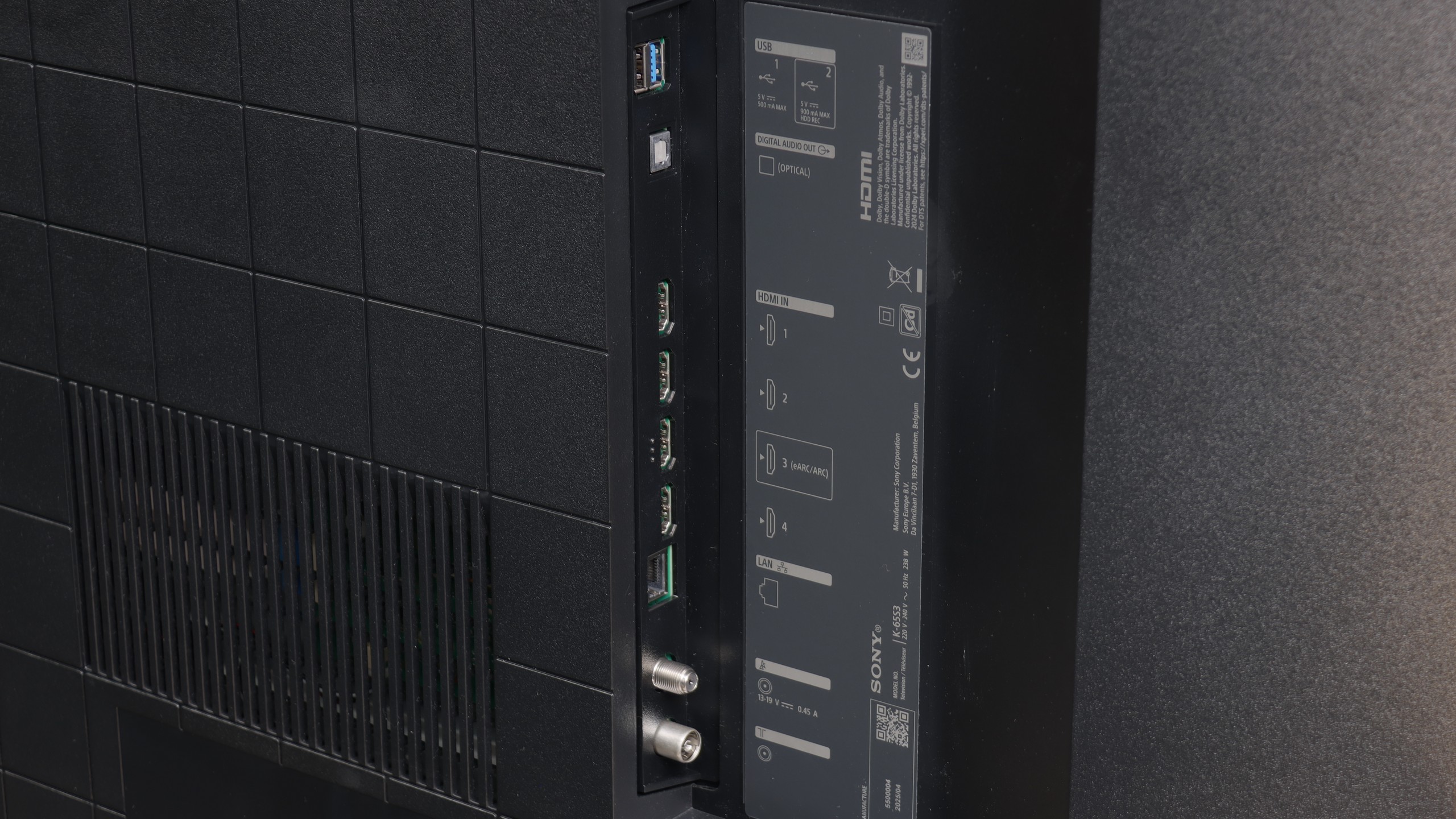
Samsung QN85D offers a wide range of smart features, thanks to the Tizen platform. Users have access to applications and features such as SmartThings, allowing management not only of Samsung devices but also equipment from other brands, creating a complete smart home ecosystem. The TV also supports AirPlay, enabling convenient content streaming from Apple devices directly to the screen, enhancing flexibility and comfort in everyday use.
Model QN85D also stands out in terms of unique features. The TV features Daily+, offering a variety of daily content such as fitness exercises or workspace. Additionally, the attractive appearance of the TV, while not as slim as last year's models, still presents well. The central stand provides solid support and adds character to the device, giving the TV a more elegant look.
In terms of user features, the TV is equipped with a remote that controls set-top boxes, such as Canal+, allowing easy control of most home equipment with a single device. The TV also has a PiP (Picture-in-Picture) function, enabling simultaneous viewing of two image sources. Unfortunately, one of the drawbacks that can be noticed is the lack of a recording function, which may be a significant downside for some users.
Smart TV Features
The biggest advantage of the Bravia 3 in everyday use is the presence of the Google TV system. Thanks to this, we have access to one of the largest libraries of apps and streaming services, so no matter if someone mainly uses Netflix, Disney+ or smaller platforms, everything is at their fingertips. The Google voice assistant also worked very well, able to respond to our commands quite "smartly". The Google TV system should, in theory, operate very smoothly, as Sony has been implementing it better than many cheaper competitors for years. Unfortunately, in the case of the Bravia 3, it isn't as nice as we would have hoped. During testing, we noticed some slight stutters in the interface, and some features, such as screen mirroring, simply refused to cooperate. One could get the impression that the processor in this model sometimes struggles to manage the demanding system, and not everything works as smoothly as we would expect.
Classic Features
Sony, even in its cheapest series, manages to remind us of its experience with various users. The set comes with two remotes. The first is modern and minimalist, with a small number of buttons, which works great when using apps and Google TV features. The second is a classic remote with a richer set of buttons and a numeric keypad, which will be appreciated especially by older individuals used to traditional solutions. This is a nice nod towards different user groups, and it must be said that Sony has solved it very practically. It’s a shame, however, that compared to the X75WL model, the ability to record content from TV tuners to USB memory has disappeared. The manufacturer has completely abandoned this feature, so if someone was attached to it, they unfortunately won't find it in the Bravia 3.
Playing files from USB
9.1/10
9.6/10
Supported photo formats:
Maximum photo resolution:

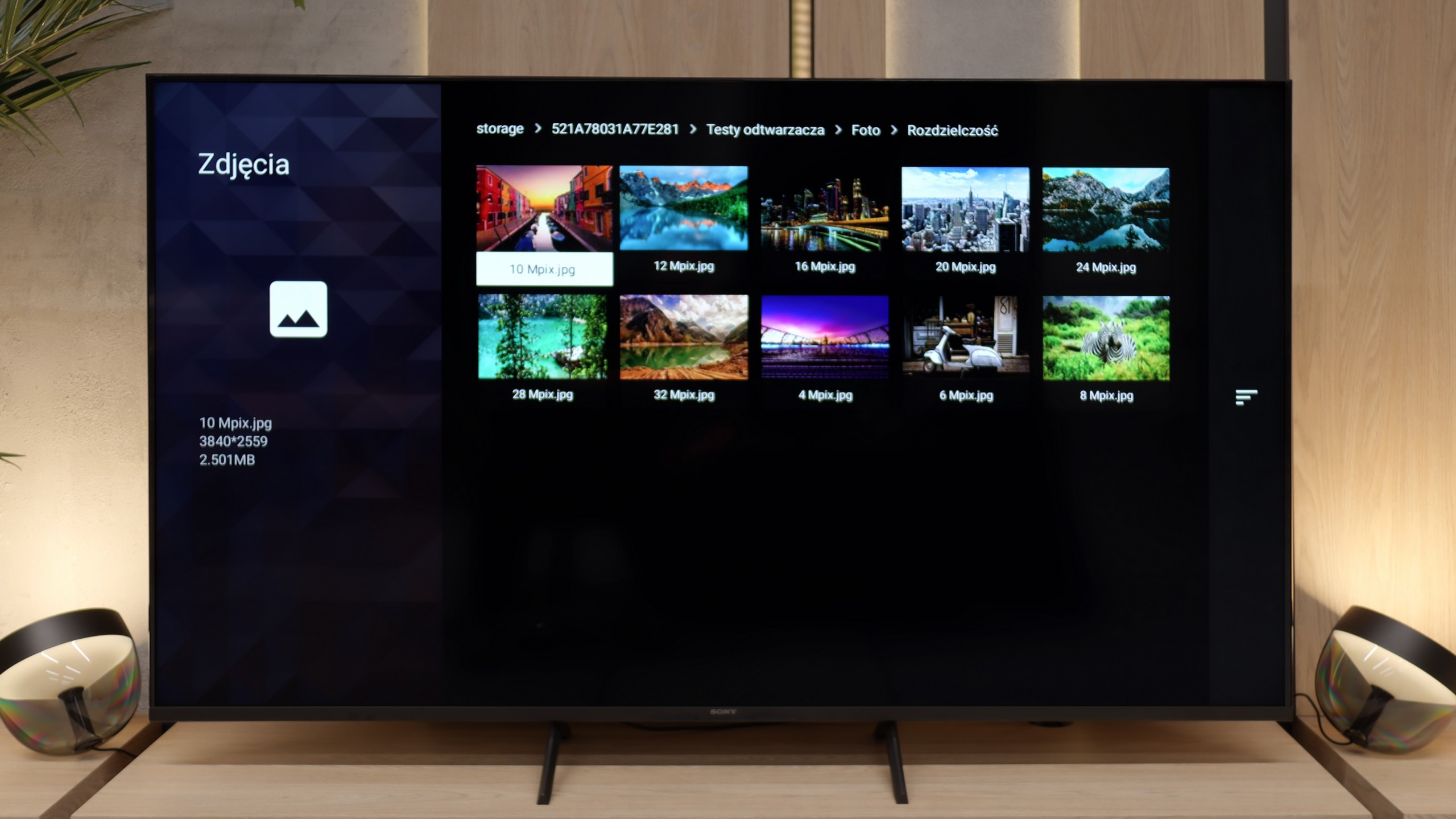
The built-in player in the Samsung QN85D should satisfy most users. It handles popular video and audio formats without much trouble, offering solid support for the most commonly used codecs. However, more demanding users may notice some shortcomings – it is not possible to play photos in the HEIC format, popular in Apple devices, as well as a few other, less common photo formats.
Here Sony has really done an excellent job. The built-in player works quickly and doesn't "fuss" when starting different formats. We didn't need to reach for external applications like VLC, as the TV handled even files that can cause a lot of problems on other models – such as HEIC photos from Apple devices. It's a small detail, but one that shows the manufacturer wanted the user to have a sense of complete convenience. By inserting a movie on a USB stick or photos from a holiday onto an external drive, you can simply plug them in and start watching on the big screen straight away. No fussing, no installing extra software, no searching for workarounds. This is really rare in televisions, and it's fair to say that in this respect, the Bravia 3 truly surprised us pleasantly.
Apps
8.7/10
9.6/10














































Sound
7/10
6.5/10
- Maximum volume-88dB
- Dolby Digital Plus 7.1
- Dolby True HD 7.1
- Dolby Atmos in Dolby Digital Plus (JOC)
- Dolby Atmos in Dolby True HD
- DTS:X in DTS-HD MA
- DTS-HD Master Audio
The sound on the Samsung QN85D television is pleasant, with a subtle sense of bass and clarity across the entire volume range. This is thanks to the built-in 2.2 40W speakers. Unfortunately, the lack of support for the DTS audio format may be problematic for users wanting to enjoy a full sound experience. In such cases, it will be necessary to use an external player to get support for this format.
Bravia 3 plays in a rather flat manner, but makes up for it with loudness. It will work flawlessly for watching classic television because the dialogues are clear, and the mid-tones are easily audible. This type of characteristic will be particularly appreciated by older users, who primarily care about speech intelligibility. However, if someone expects something more from the sound, like stronger bass or a wider soundstage, it’s worth reaching for a soundbar despite everything. The TV supports modern codecs, including Dolby Atmos and DTS:X, so an external sound system will easily leverage their potential. This ensures that with a relatively modest expense, one can achieve a much fuller and more engaging sound.
Sound Quality Test
No sound test video
Acoustic Measurements
No acoustic data
88dBC (Max)
75dBC


